Nature-rich curb appeal is having a major moment, and deep, saturated greens lead the charge. Designers love these shades because they tether modern exteriors to the landscape, hide dirt better than lighter colors, and stay vibrant under shifting light. Below you’ll find 20 complete dark-green exterior paint schemes—each with a specific color recommendation, trim or material pairing, and a pro tip for pull-together polish. Whether your house is farmhouse-fresh, craftsman classic, or mid-century modern, these palettes balance drama with welcome, helping you claim the “wow” factor without straying into camouflage. Ready to let your façade breathe forest-air confidence all year long? Dive into the ideas that follow.
1. Crisp White Trim Frames Hunter Green Elegance
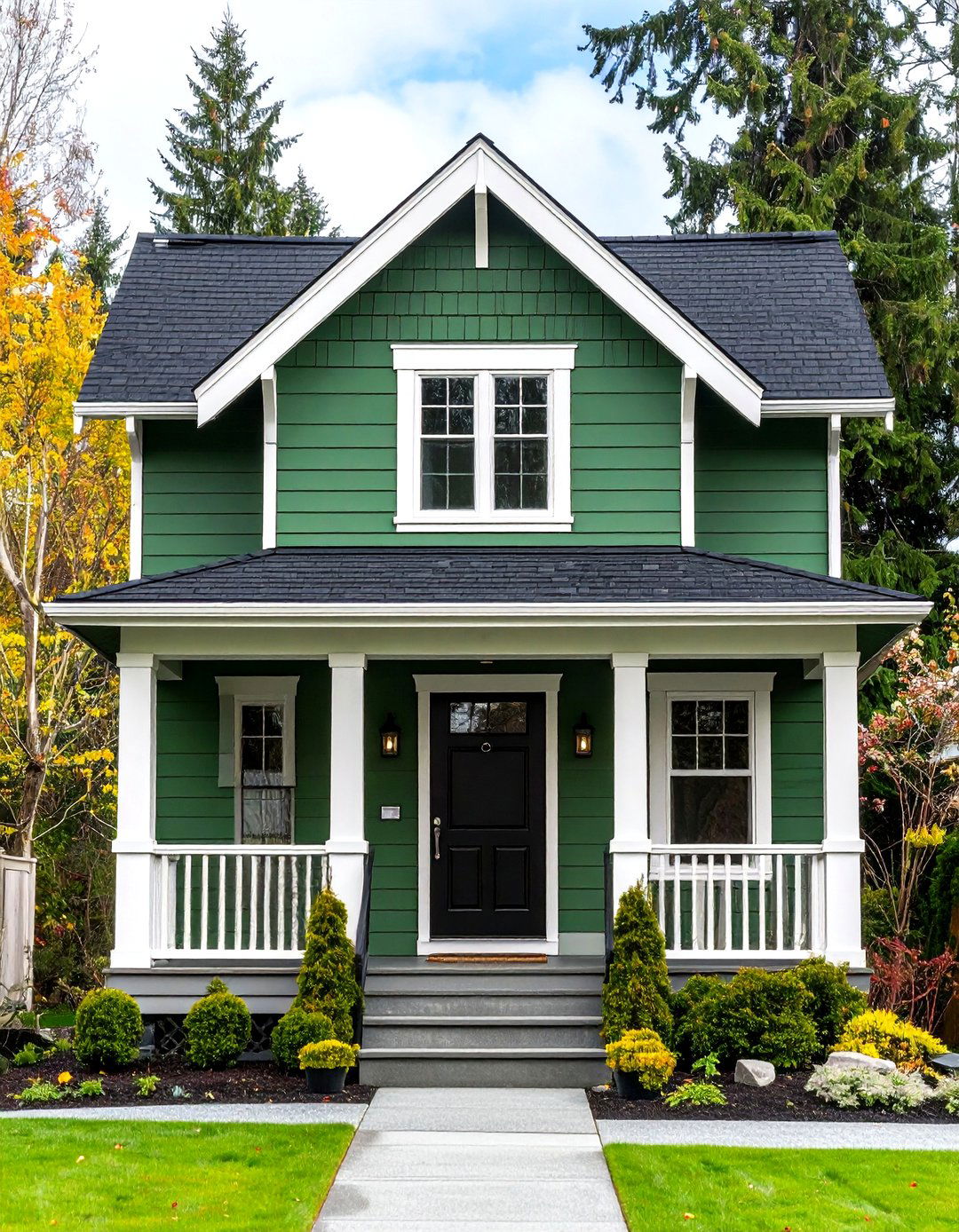
A timeless strategy pairs the almost-black depth of Hunter Green 2041-10 on siding with bright white trim so every eave, post, and window pops. The paint’s low 6.39 LRV absorbs glare, letting architectural details feel carved in relief. Add a gloss-black front door and polished nickel hardware for upscale definition, and choose a medium-gray shingle to avoid competing undertones. Because the body color is so saturated, even modest cottages take on manor-house gravitas—a smart way to boost perceived value with a single can of paint. Benjamin Moore
2. Night Watch Meets Sleek Black Windows

Unlike sage-tinged greens, Night Watch plunges into rainforest shadow, making matte-black window frames disappear and glass expanses glow. Builders embracing 2025’s dark-on-dark trend often offset the intensity with a slim cedar eyebrow over the entry or a natural stone planter that repeats the color’s inky blue undertone. Choose a cool-white LED porch light so the pigment doesn’t look brown at night, and keep landscaping tidy—messy shrubs can swallow the façade.
3. Boreal Green Wrapped in Warm Cedar
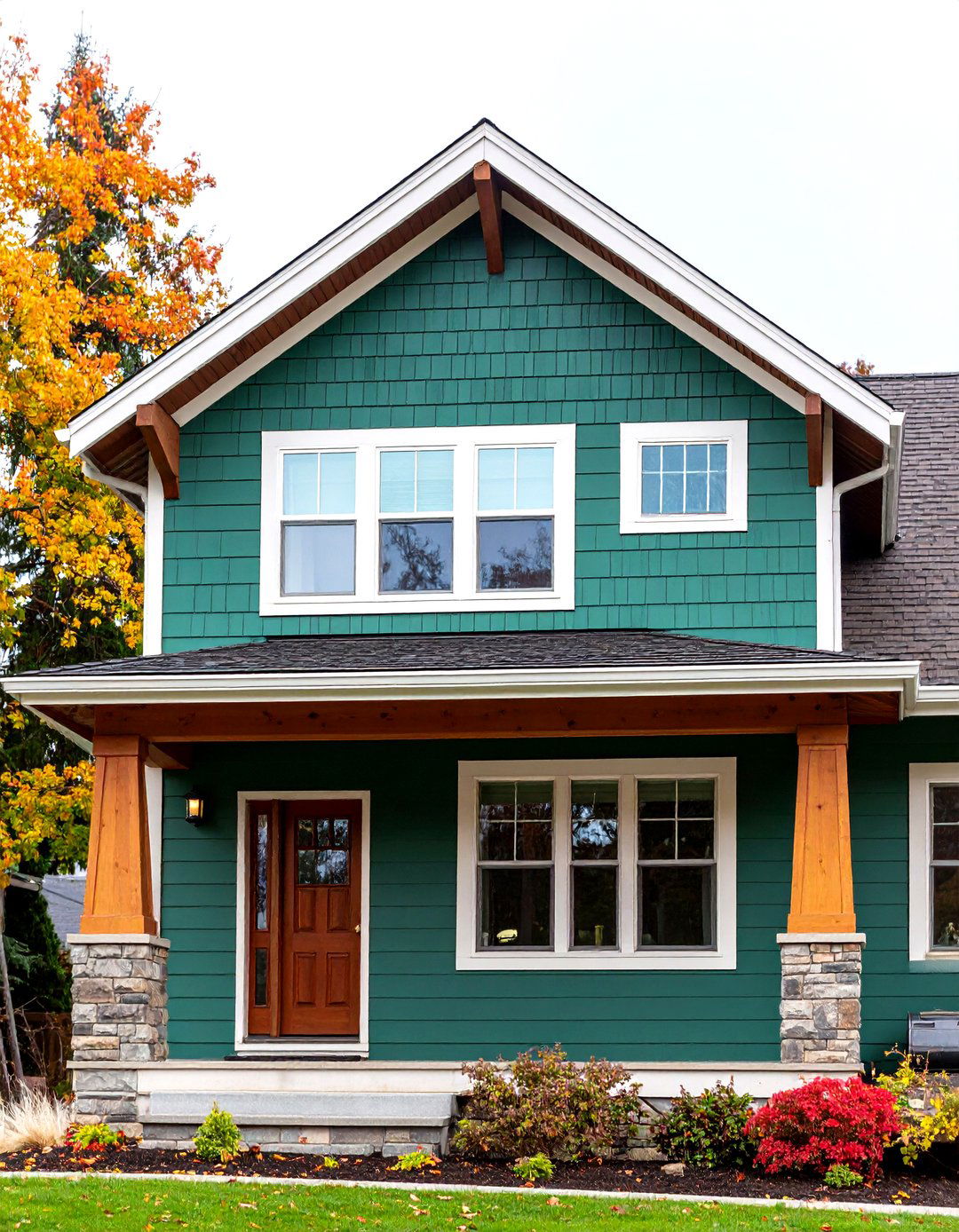
With Boreal N420-5 covering lap siding, unfinished cedar soffits and porch beams read almost amber, giving chalet energy to even suburban ranchers. The mild green-gray base shifts cooler on cloudy days, so opt for a bronze gutter system and warm-white LED up-lights to prevent flatness. A medium-brown architectural-shingle roof harmonizes without pulling focus, and brushed-copper house numbers tie everything together. Behr
4. Forest Green Set Off by Copper Gutters
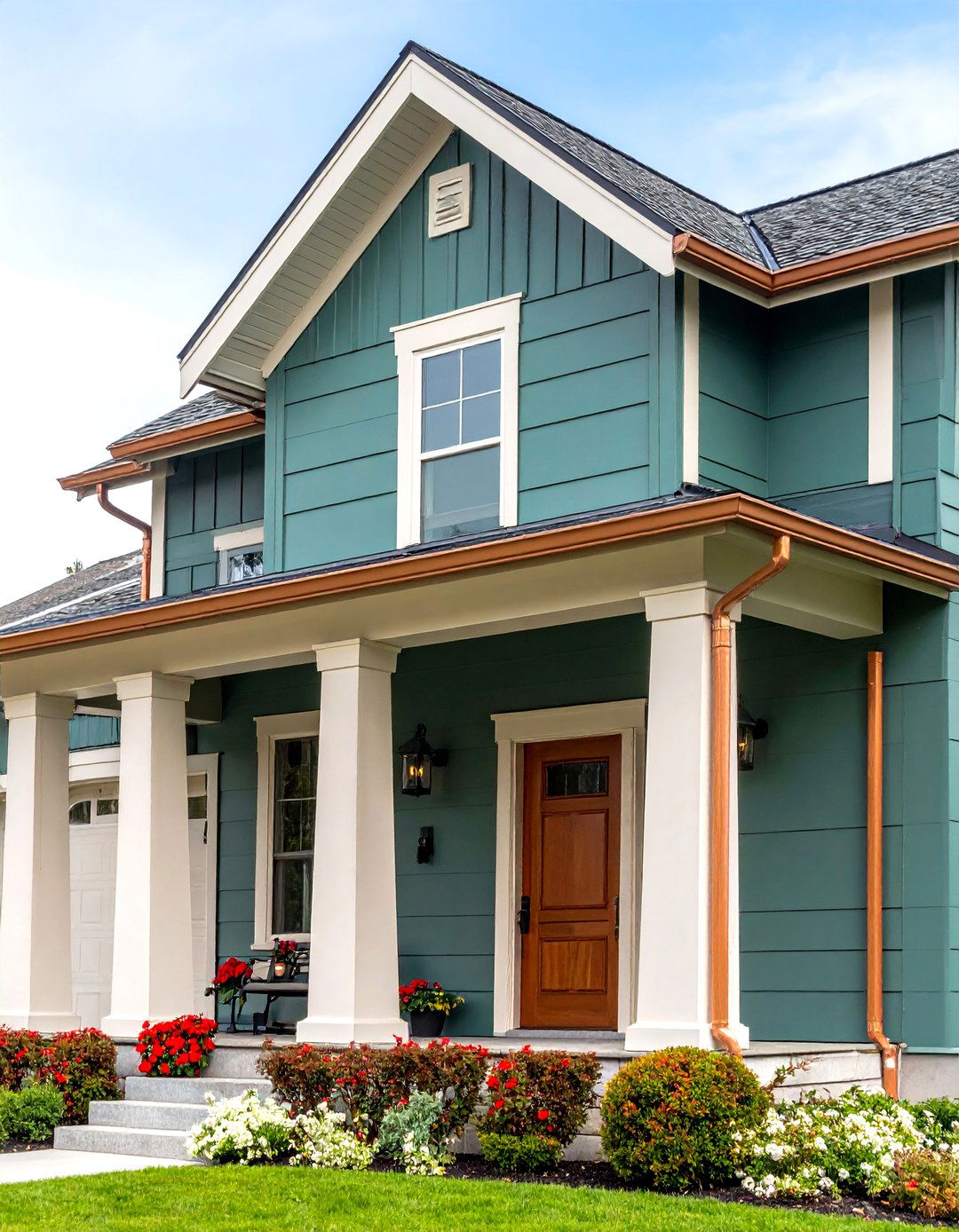
Copper gutters—and the eventual turquoise patina they gain—create living contrast against classic Forest Green. Match downspouts, porch lanterns, and mailbox for cohesion. Because both materials skew cool, select a muted-cream trim (not bright white) to soften the edge. If you have a metal roof, choose weathered-zinc rather than galvanized silver so the roof doesn’t out-shine your gutters. Pinterest
5. Evergreen Fog with Creamy Limestone Accents
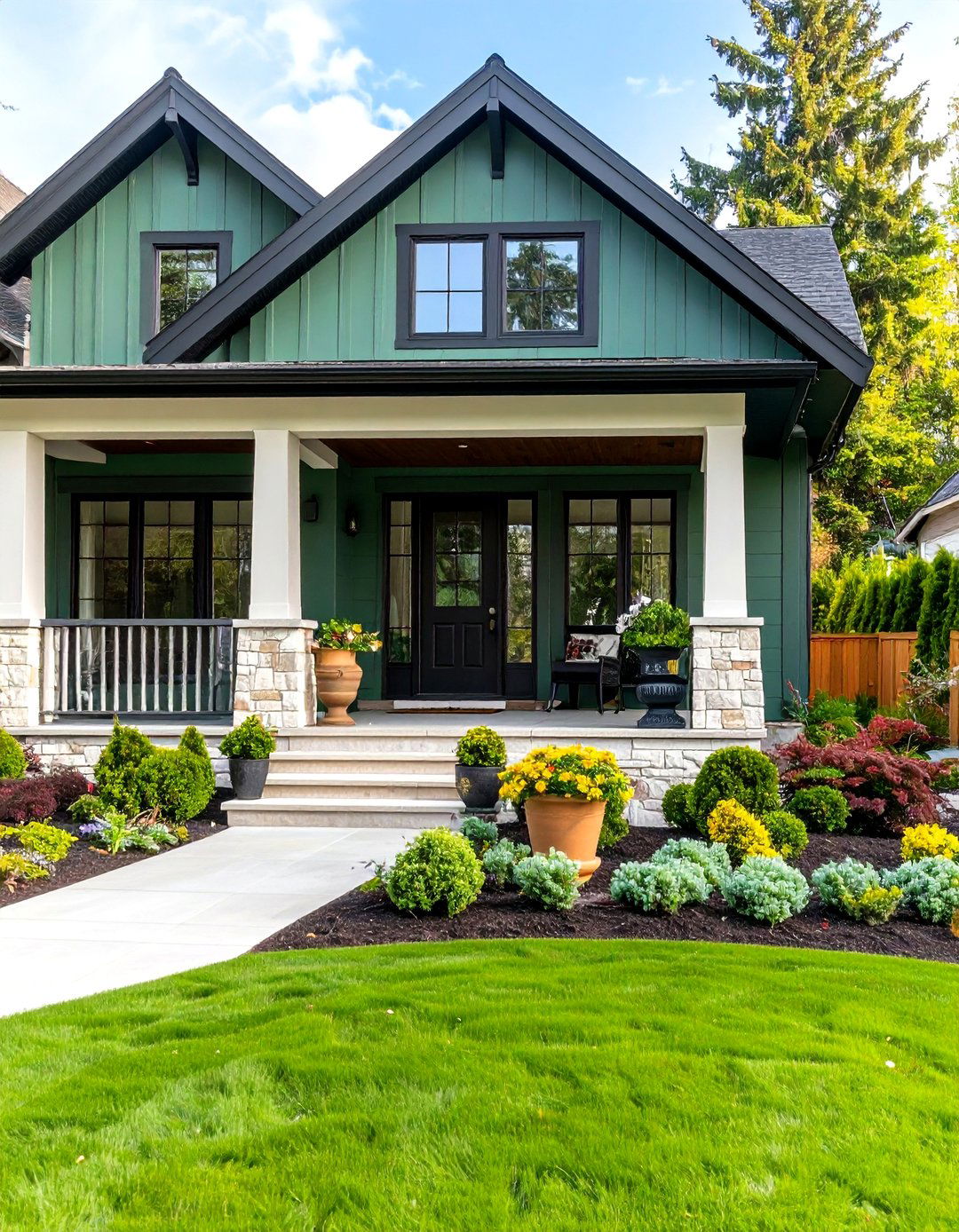
Evergreen Fog bridges gray and green, making it a forgiving backdrop for pale-beige limestone sills or retaining walls. Use the stone hue again on guttering to repeat the warmth, then finish windows in soft black so panes don’t vanish. A muted terra-cotta urn on the porch extends the earthy vibe.
6. Essex Green Plus Satin-Brass Hardware
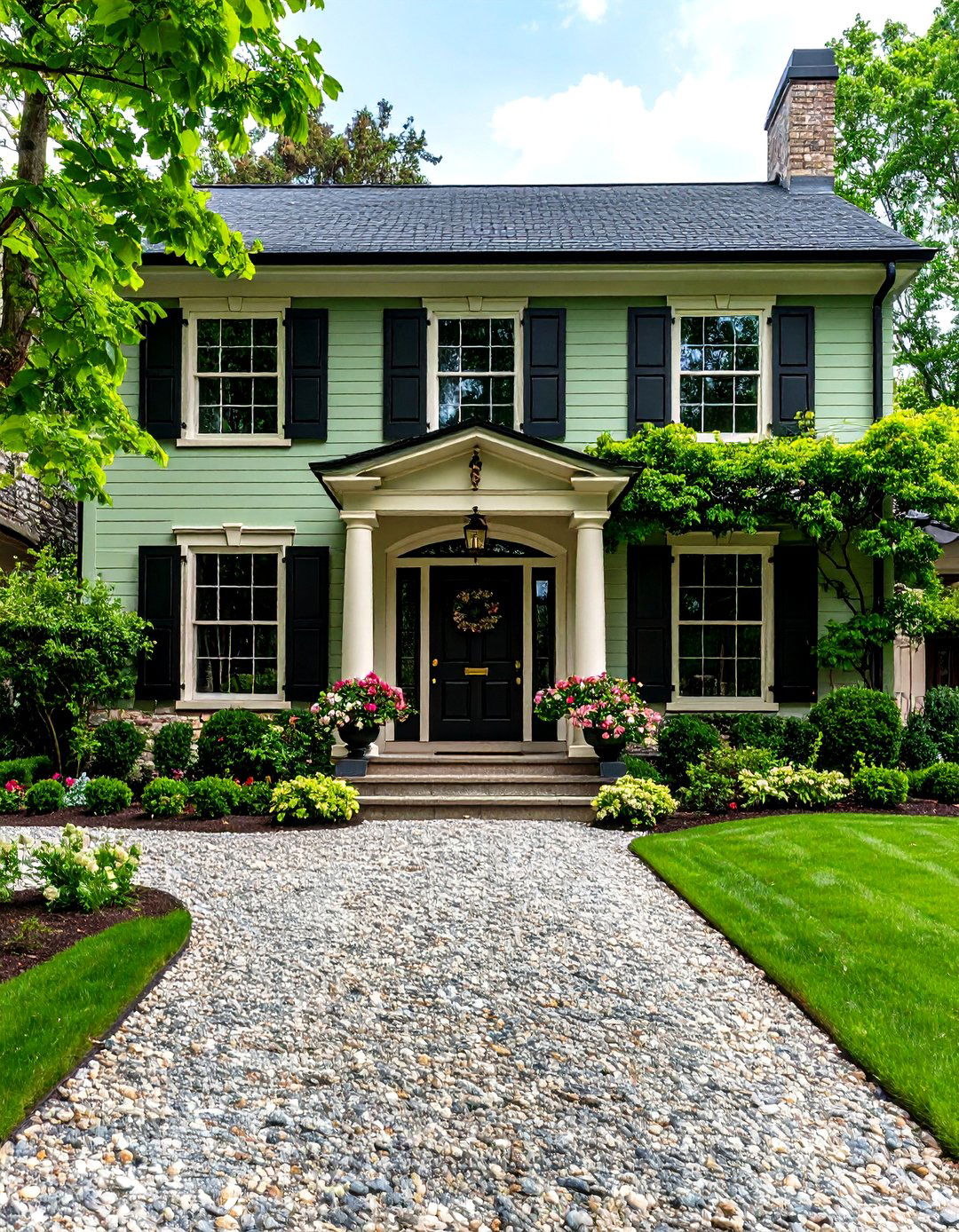
Deep Essex Green leans historic, so refined brass kick plates and lanterns feel right at home. Balance the sheen by lacquering shutters and front door in low-lustre black and keeping trim a gentle parchment tone. A gravel driveway in mixed gray and tan aggregates mirrors the scheme’s neutral notes and keeps maintenance easy.
7. Green Smoke Against Warm Masonry
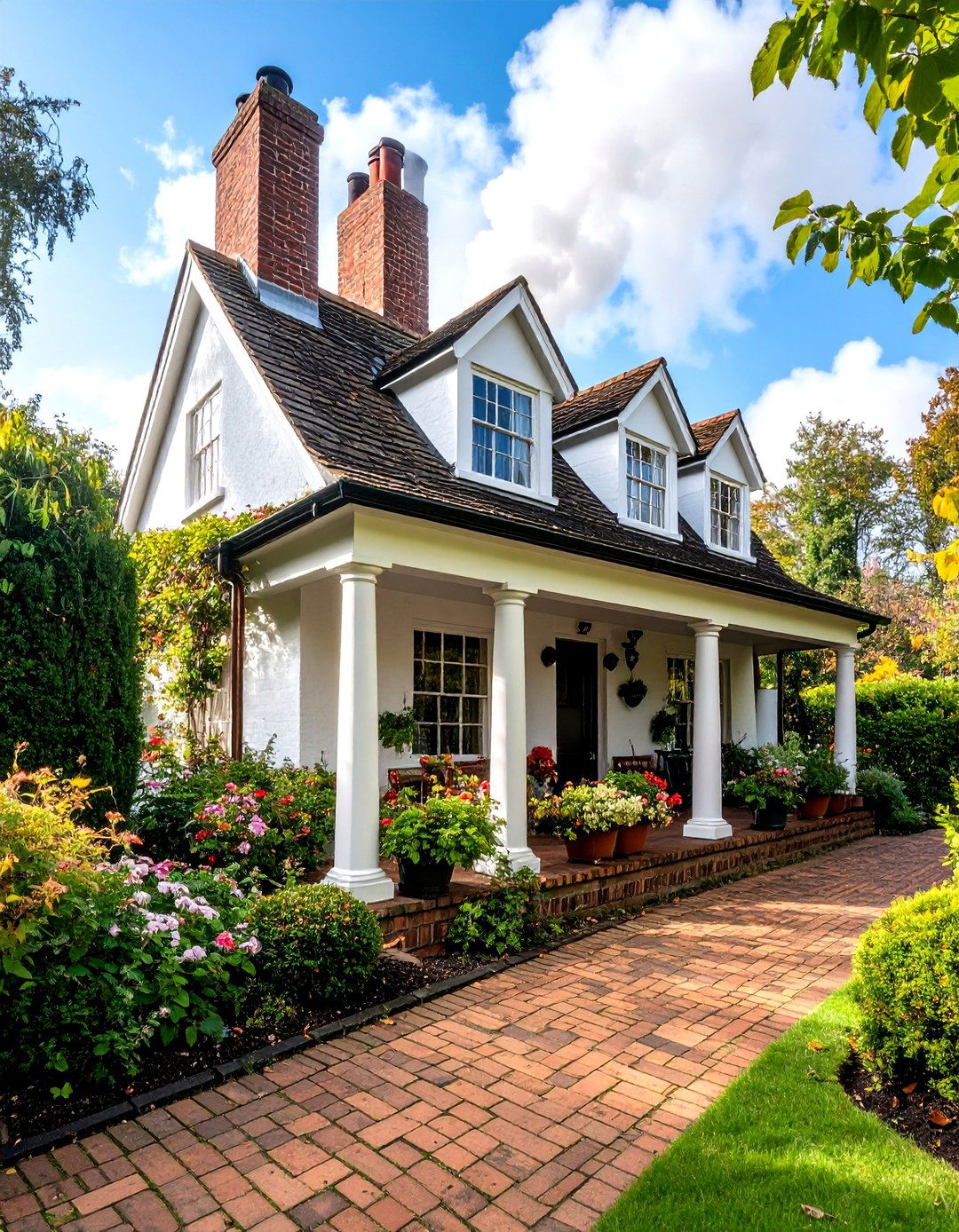
When Green Smoke wraps the upper story and chimney is already brick, the result is an age-rich English manor vibe. Repeat the brick tone on porch pavers for continuity, and pick a dark-charcoal grout so joints don’t draw stripes across the wall. Antique-style copper downspouts add subtle sparkle without feeling new.
8. Card Room Green with Charcoal Roofline
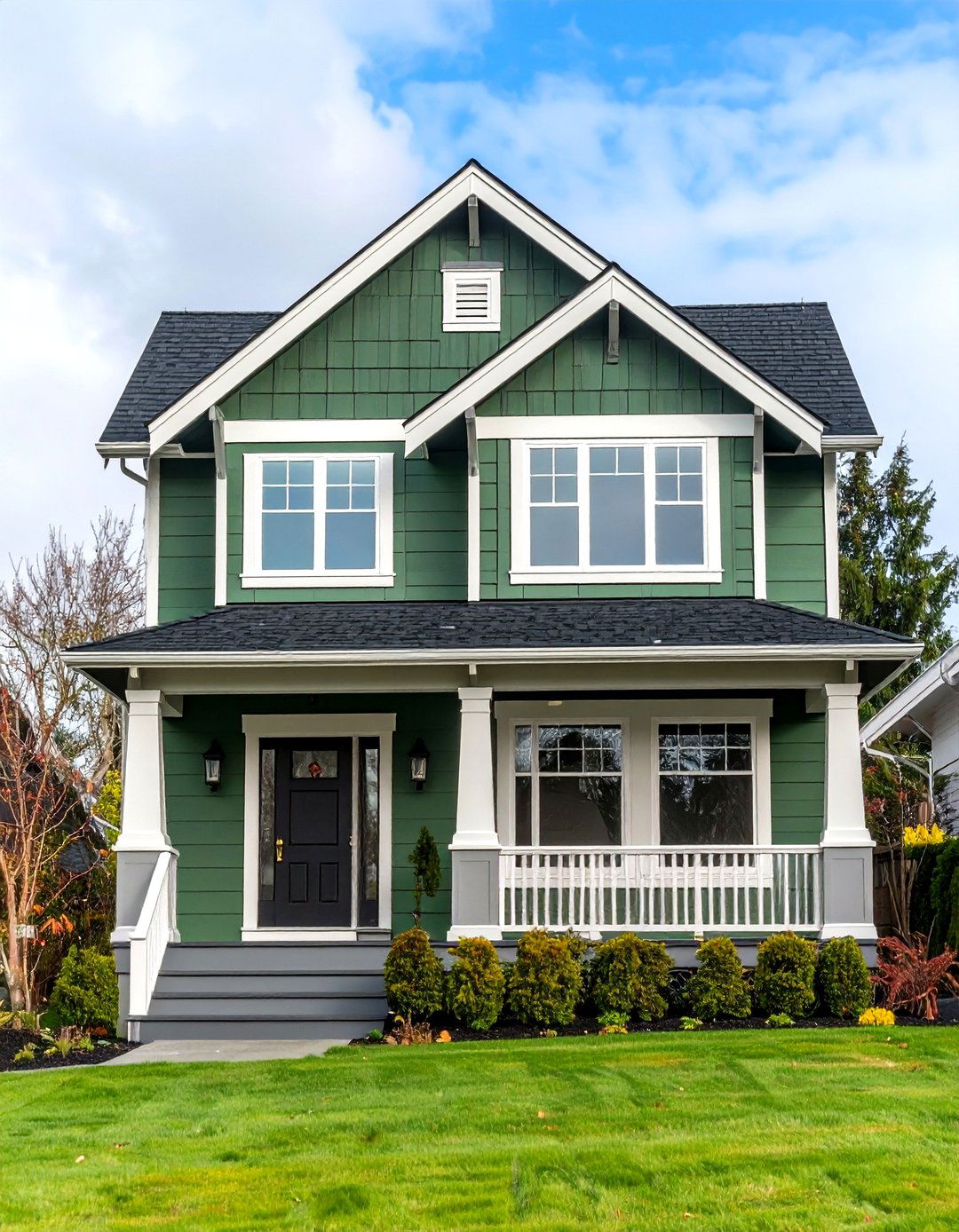
Card Room Green contains a hint of blue that sings under charcoal composite shingles. Use the shingle manufacturer’s matching charcoal starter strip on fascia boards for a tidy edge. Because the body color is cool, pick a faintly gray off-white (never yellow) on trim and porch railings to keep things cohesive.
9. Greenblack and Textured Limestone
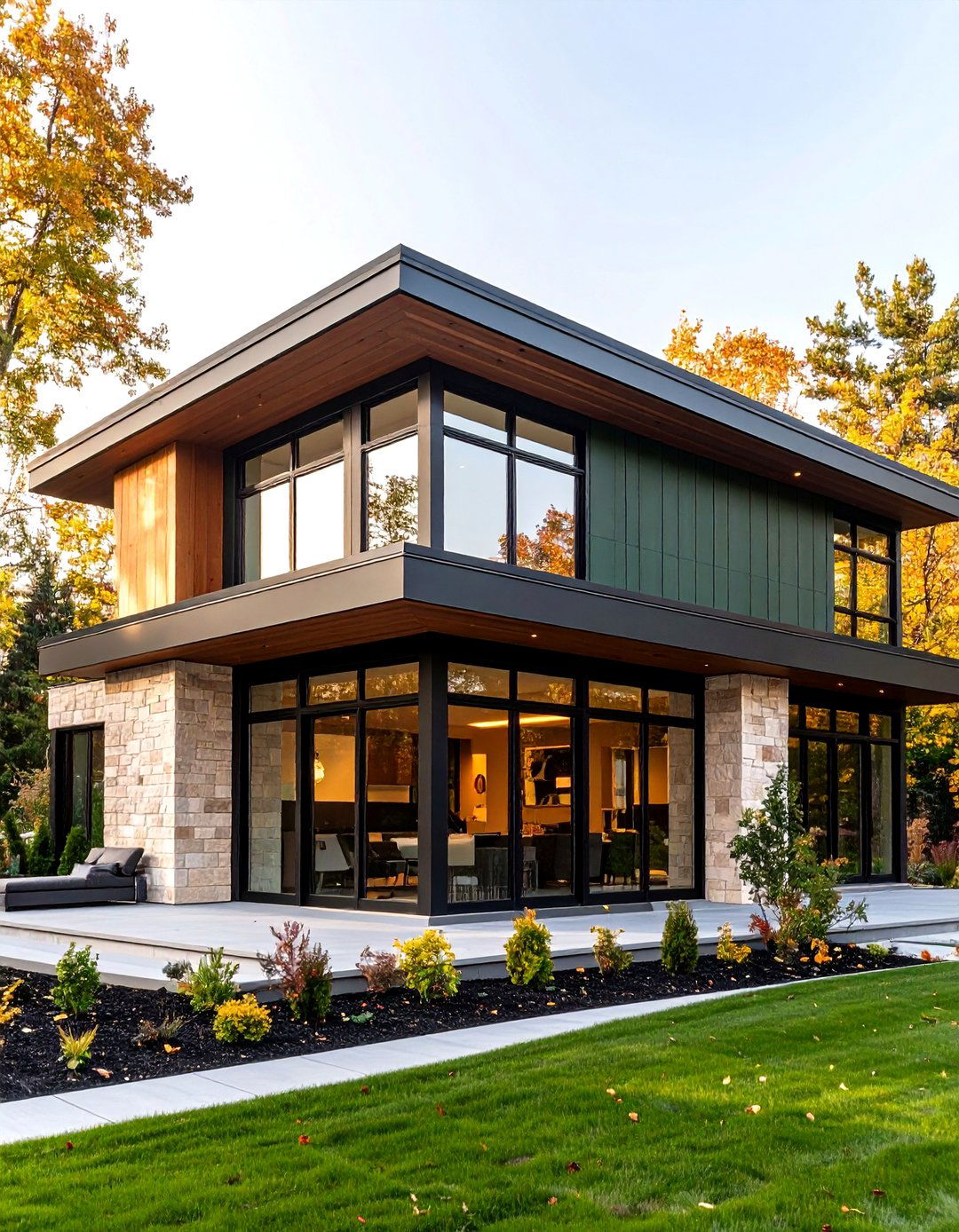
Greenblack SW 6994 flirts with midnight yet flashes emerald in strong sun, so sandy-beige limestone cladding offers relief. Ask your mason for a rubble-course pattern—the irregular blocks echo the color’s organic roots. Use satin-bronze window frames and skip shutters entirely; too many little pieces fight the serene monolith look. Sherwin-Williams
10. Rookwood Dark Green for Victorian Details
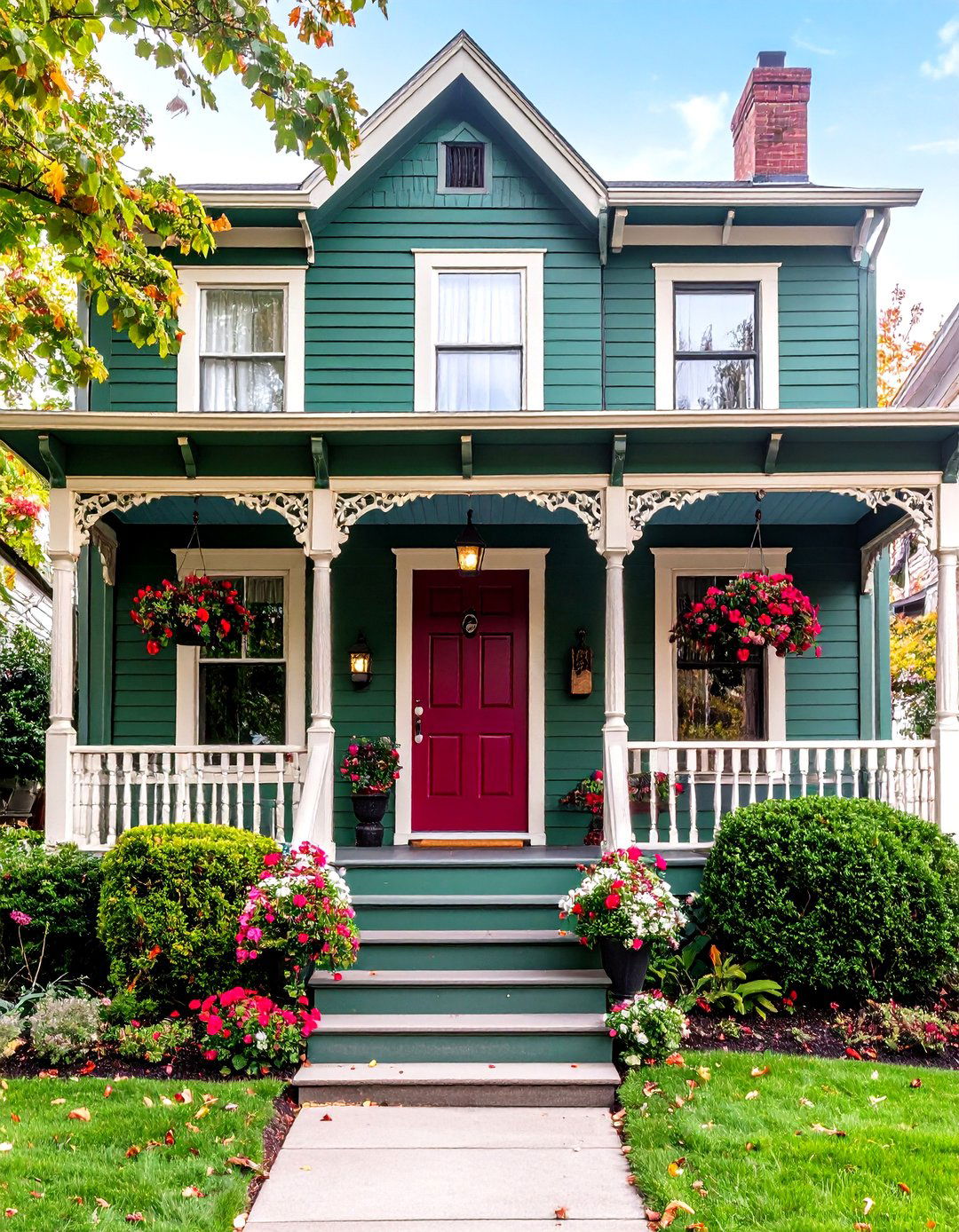
Historic lovers swear by Rookwood Dark Green: it satisfies preservation boards yet feels fresh when teamed with ivory scrollwork and a burgundy front door. Keep porch ceilings the traditional haint blue for authenticity and to lift the heavy palette overhead. If your budget allows, replace vinyl rail balusters with turned cedar; the stain will warm the scheme. Sherwin-Williams
11. Intrigue on Smooth Stucco
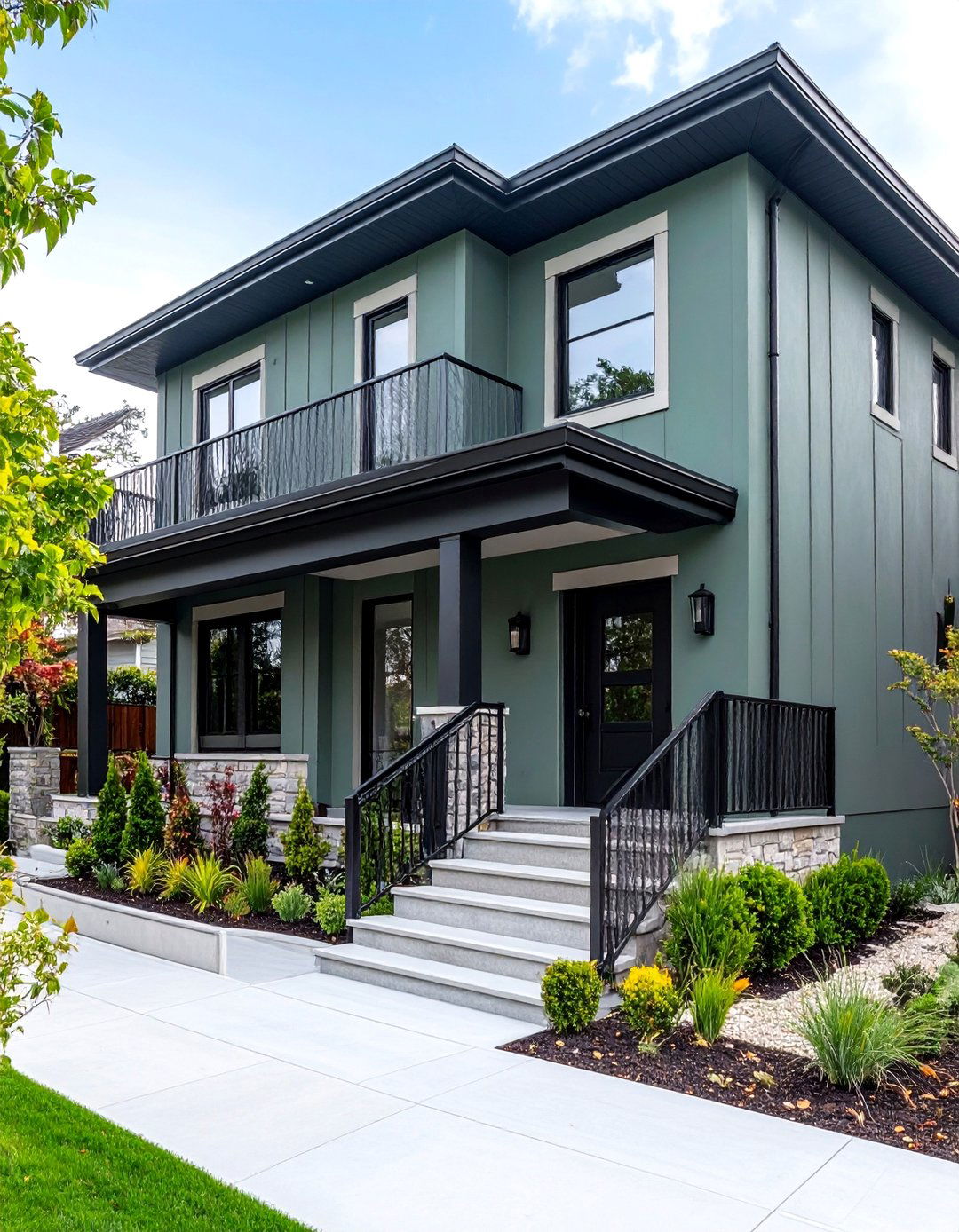
Apply Intrigue (a green-gray with hushed depth) over finely troweled stucco for a Mediterranean-meets-modern mood. A crisp off-white parapet cap defines the roofline, while black steel railings add contemporary punctuation. Finish planters in unglazed terracotta so foliage stands proud against the cool wall color.
12. Royal Orchard and Terracotta Roof Tiles
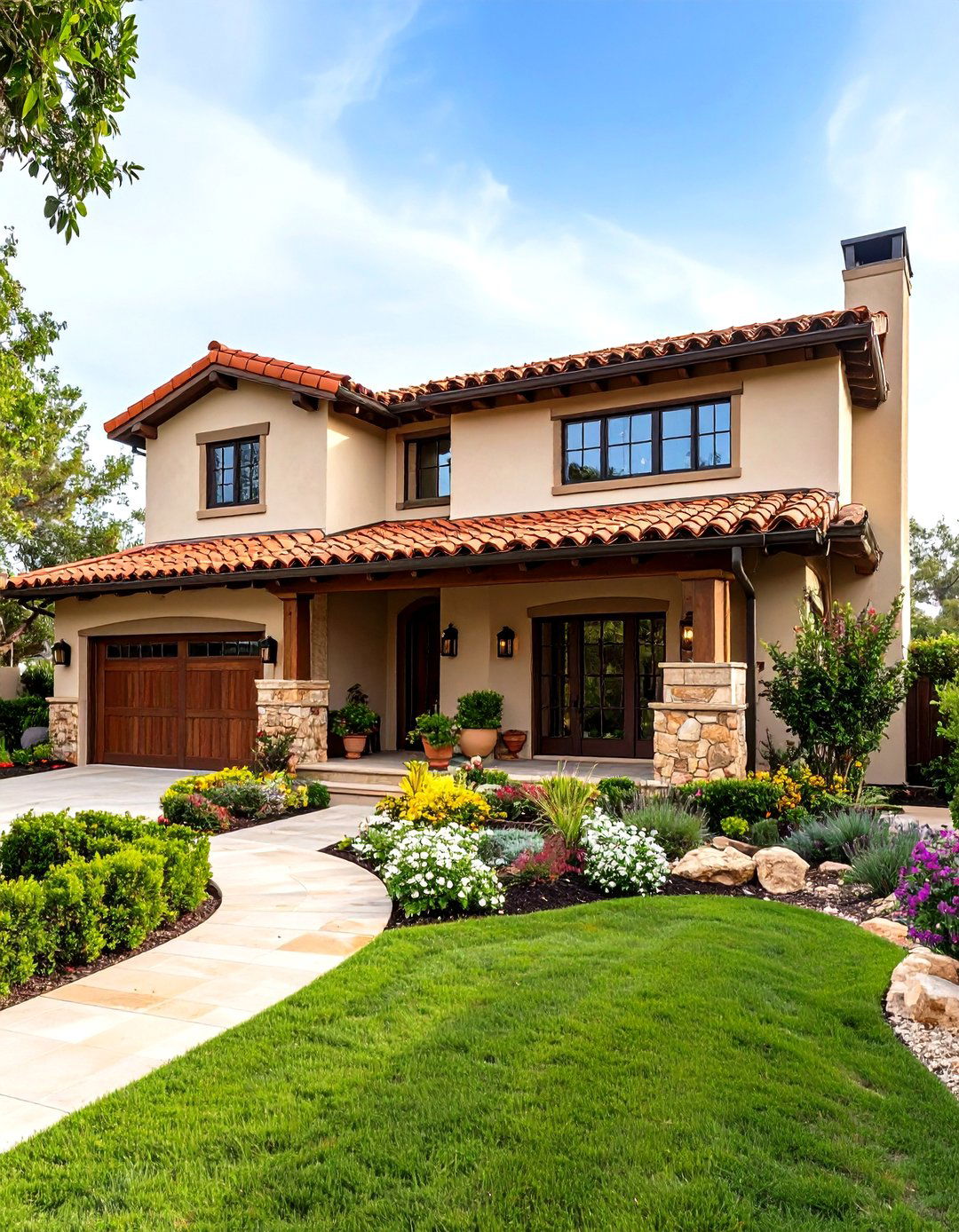
Royal Orchard skews olive, making sun-baked terracotta barrel tiles feel intentional. Repeat the roof’s red tone on the front-door mat or a pair of ceramic sconces, and choose warm-white trim to bridge body and roof. Avoid cool metals; oil-rubbed bronze hardware maintains the Mediterranean undertone.
13. Duck Green with Dove-Gray Trim
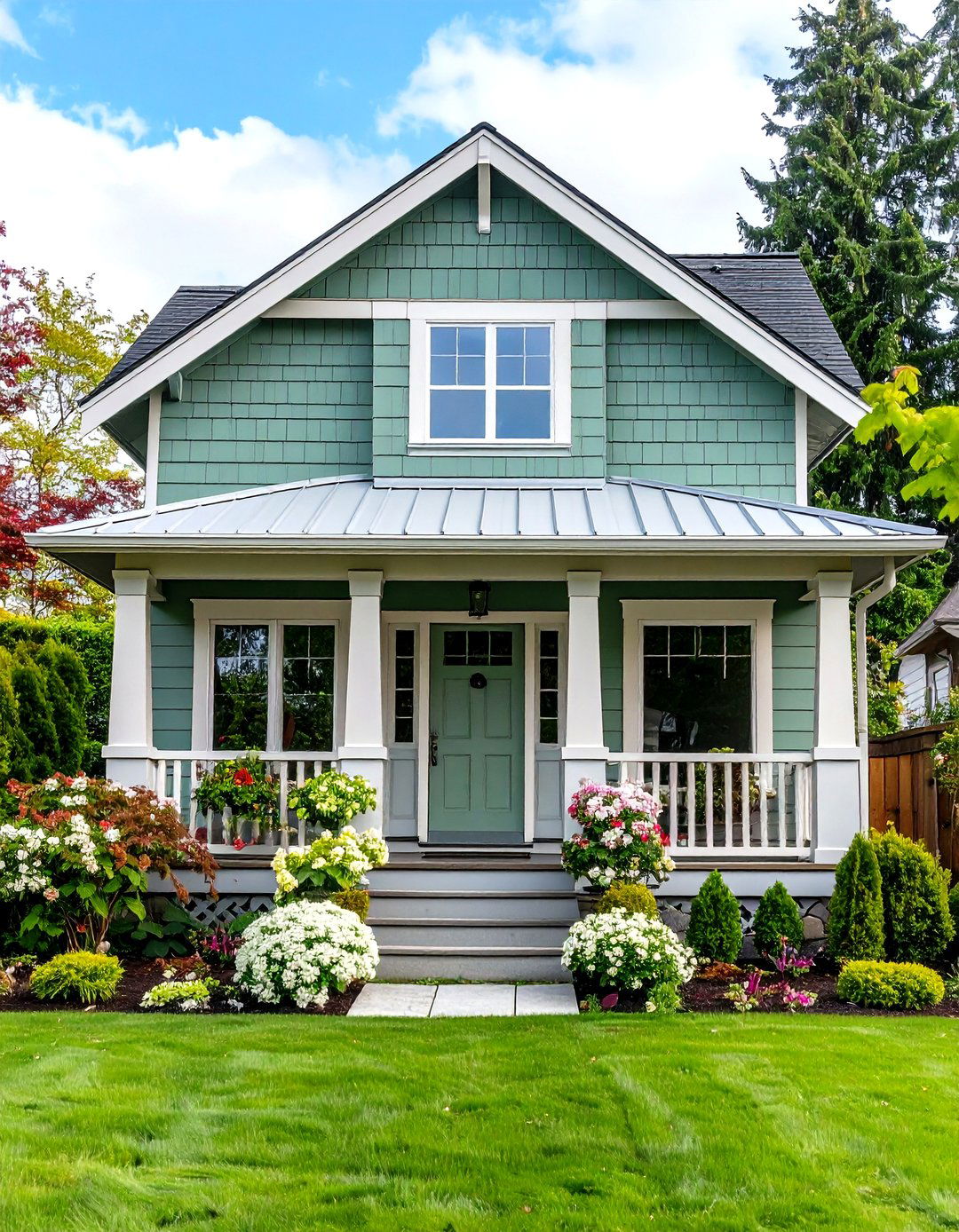
Archived yet beloved, Duck Green’s moody teal cast flirts with dovecote romance when edged in pale-gray trim. A light-gray standing-seam metal roof echoes the trim, ensuring your eye flows upward. For small façades, paint the soffit the same gray to visually raise the roof and keep the green dominant.
14. Lichen Paired with River-Rock Skirting
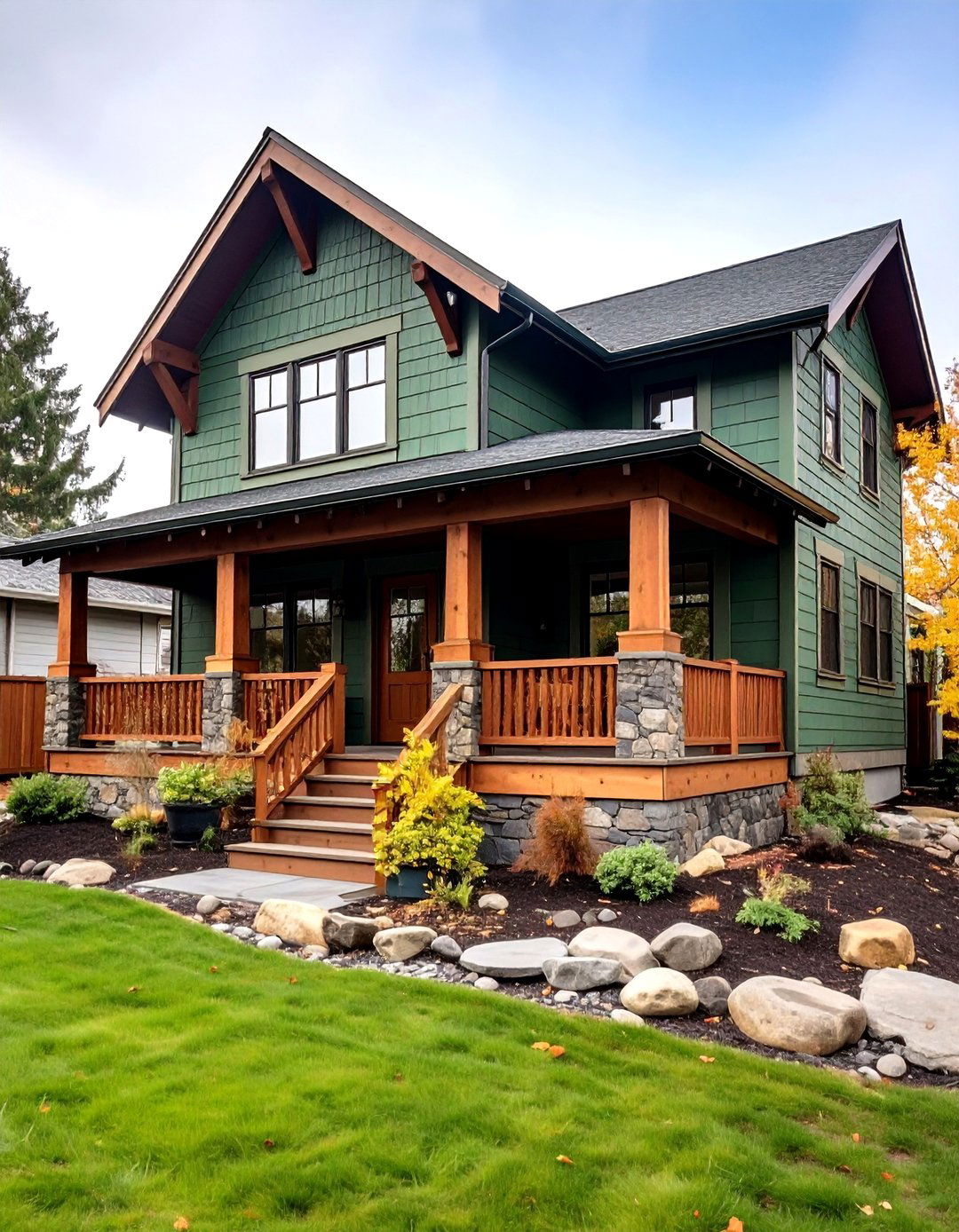
Lichen’s peat-moss richness harmonizes with a low river-rock skirt that hides foundation vents and resists weed-trimmer damage. Opt for charcoal grout to unite the multi-colored stones and stain porch decking a cool driftwood brown to tie everything together.
15. Polar Jade for a Modern Cabin
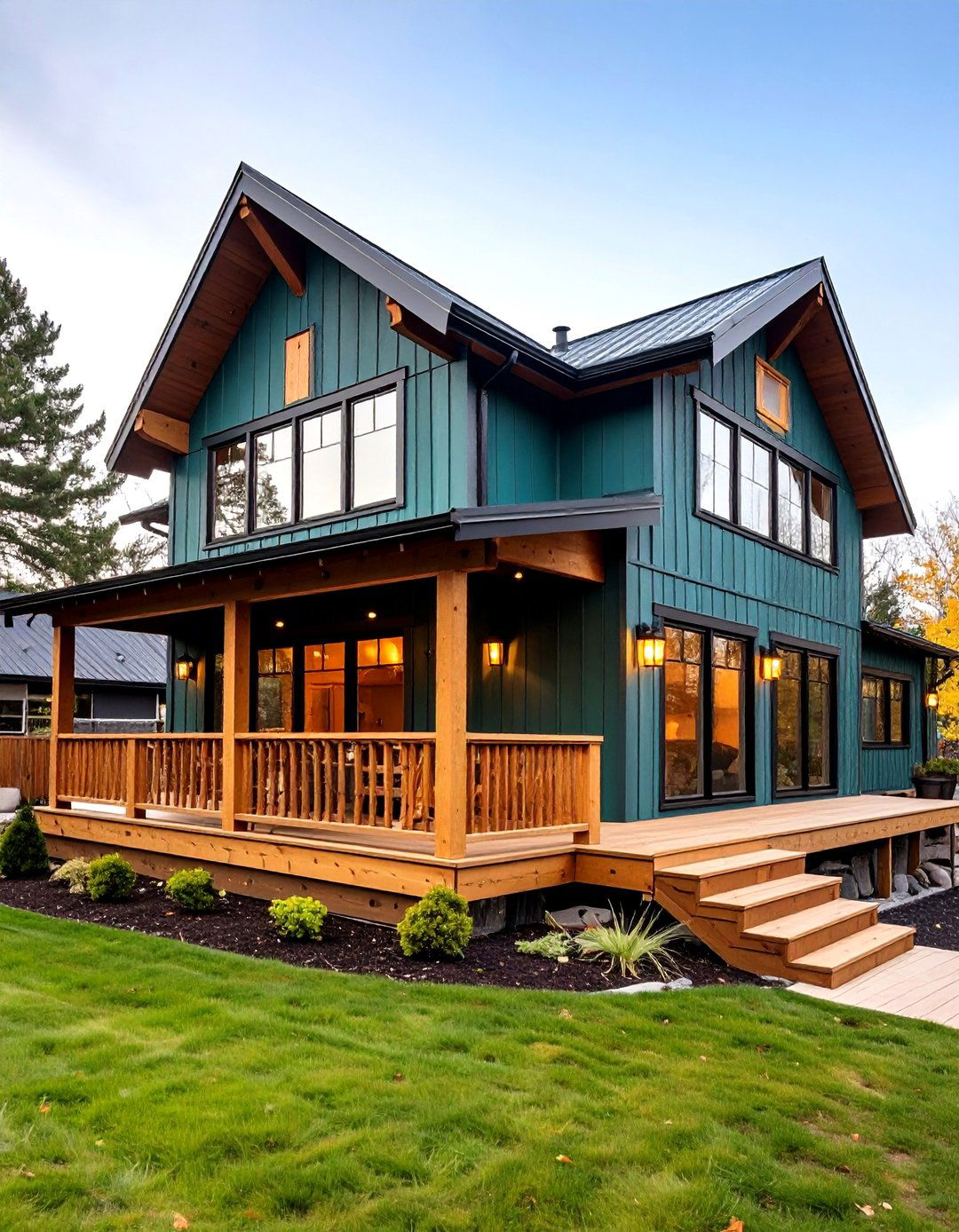
On board-and-batten siding, Polar Jade’s intense blue-green glows against black-framed glazing. Carry the black onto exposed rafter tails for cohesion, then add oversized galvanized gooseneck lights for camp style. A natural-cedar deck grays over time, echoing the color’s cool undertone without competing.
16. Pewter Green with Matte-Black Accents
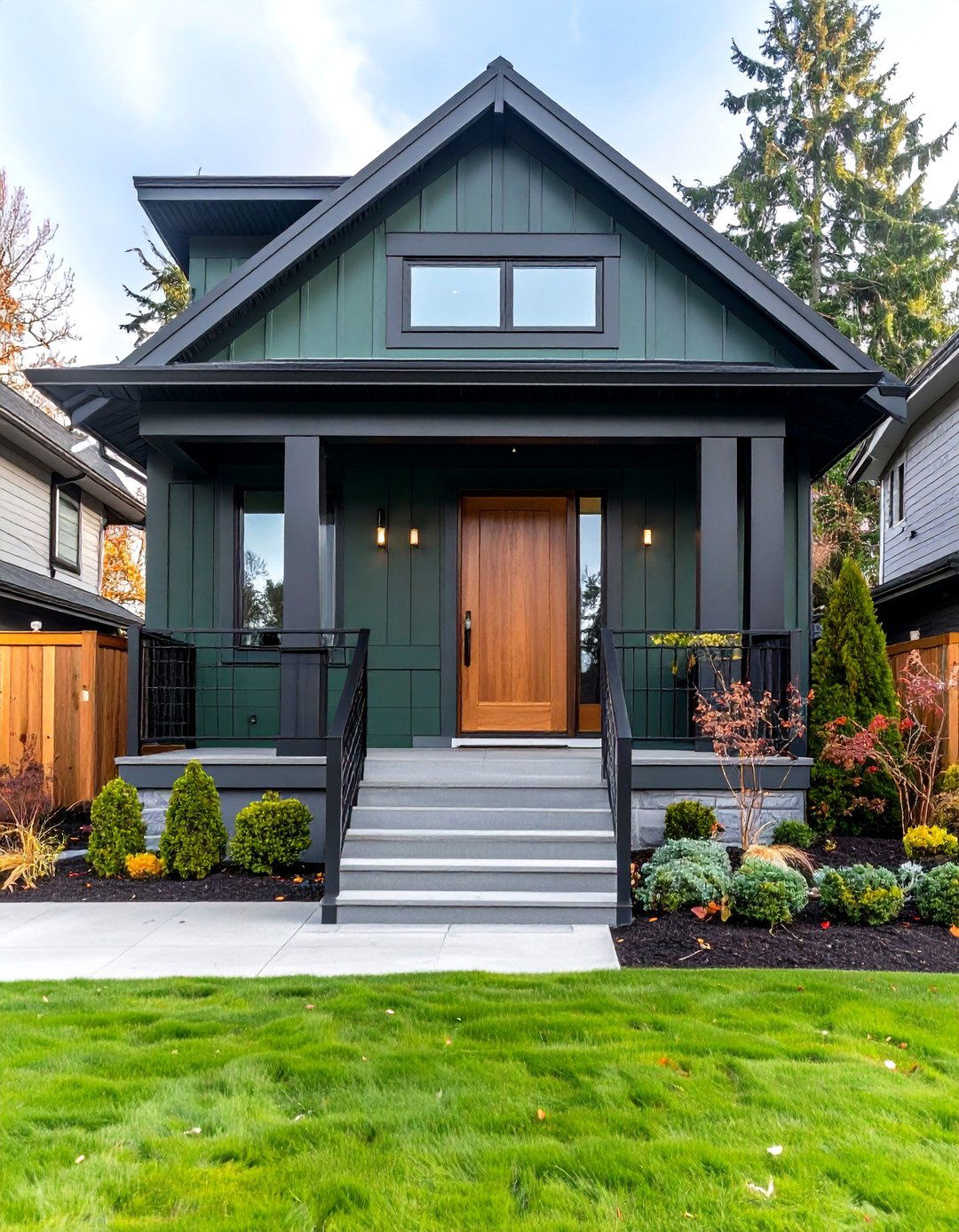
Pewter Green calms the deep palette with a whisper of gray, making it perfect for homes that crave depth but not drama. Keep gutters, mailbox, and rail spindles in smooth matte black, then warm things with a walnut front-door slab and matching house-number plaque.
17. Juniper Breeze and Weathered Cedar
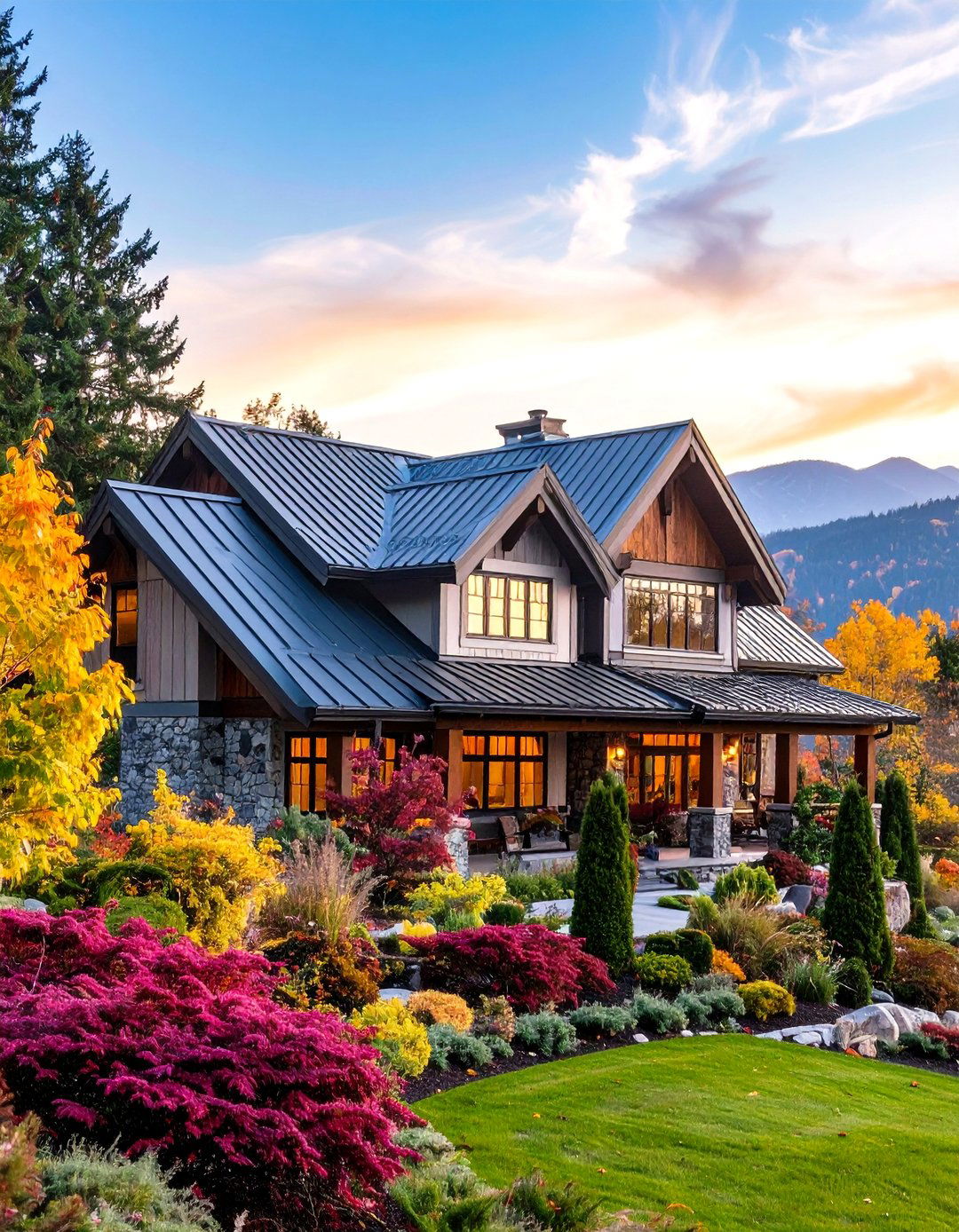
Juniper Breeze reads alpine fresh, so lean into lodge vibes by cladding gables in untreated cedar shakes that will silver naturally. Choose a medium-bronze metal roof to echo branch bark and add hammer-finished iron hardware for rugged charm.
18. Calico Green with Coastal White
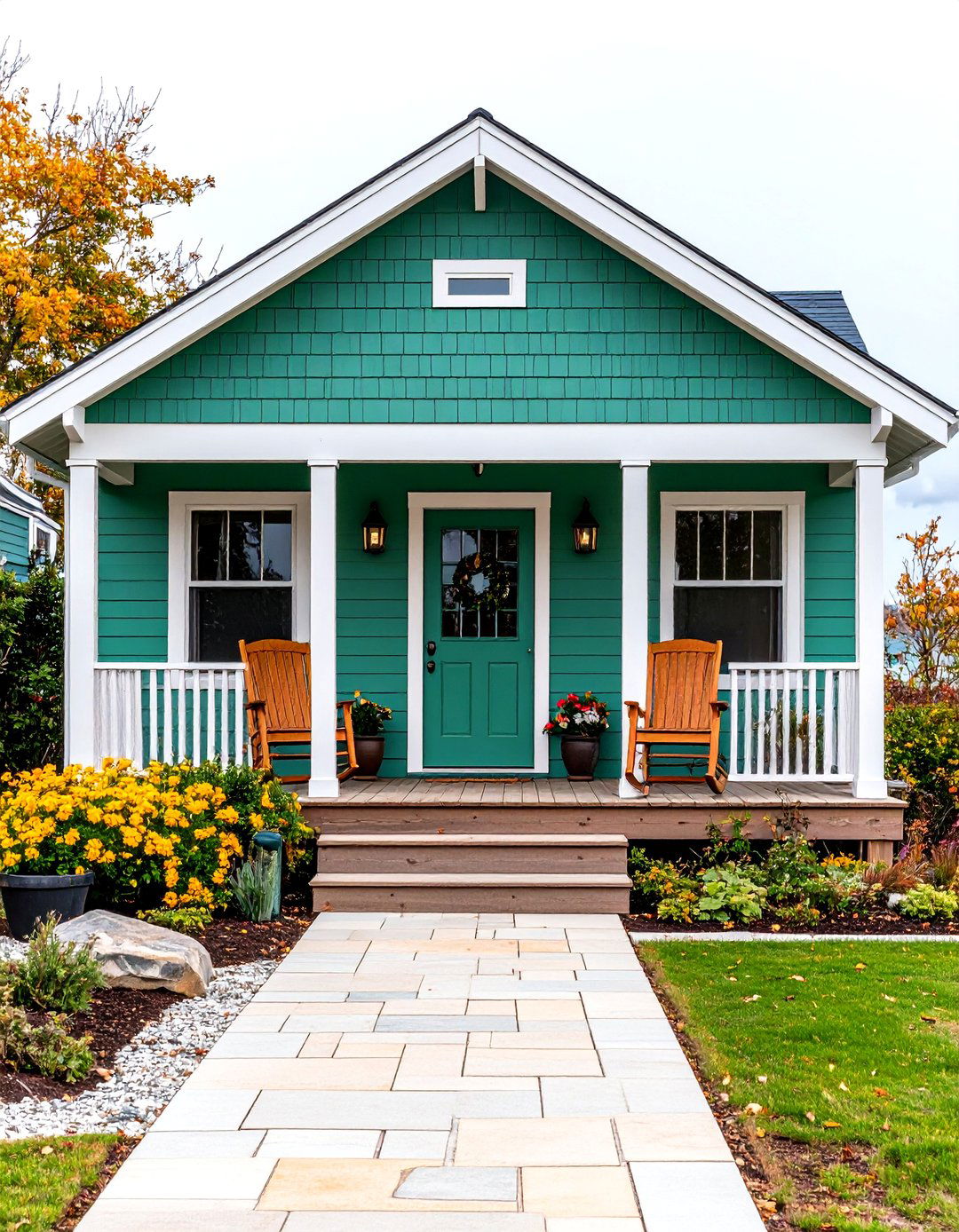
Calico, a seawater-dark green, feels beachy yet sophisticated when teamed with pure white trim, teak porch rockers, and brushed-nickel dock lights. Install a sand-colored paver walkway so guests float visually toward the bold entry.
19. Colonial Verdigris and Cut-Stone Columns
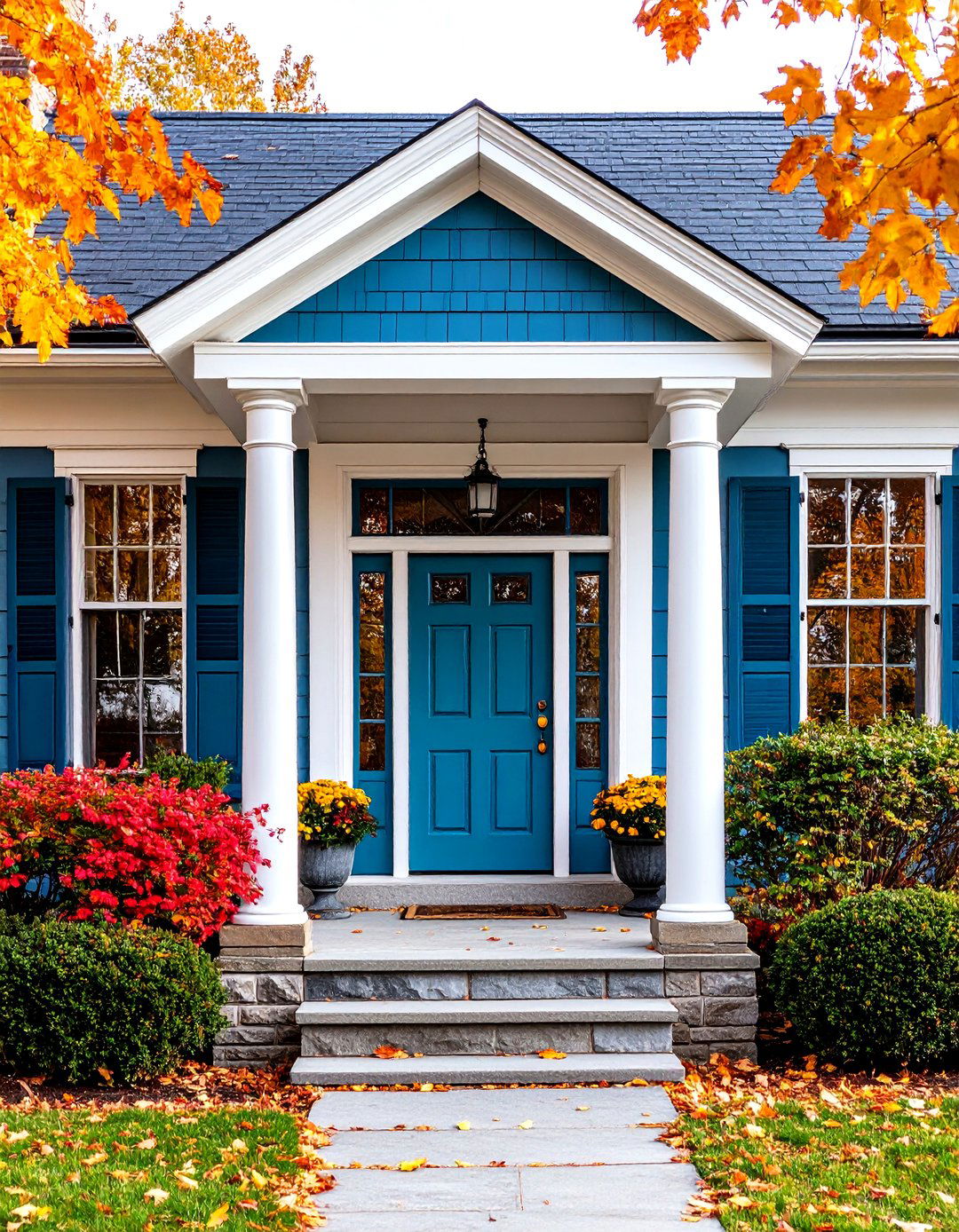
Colonial Verdigris hovers between jade and spruce, the exact hue early American builders favored. Wrap porch columns in hand-cut granite to reference that heritage, and finish shutters in slightly lighter verdigris for subtle depth. A muted-red front door injects period-correct contrast.
20. Rosemary with Copper-Tone Lighting
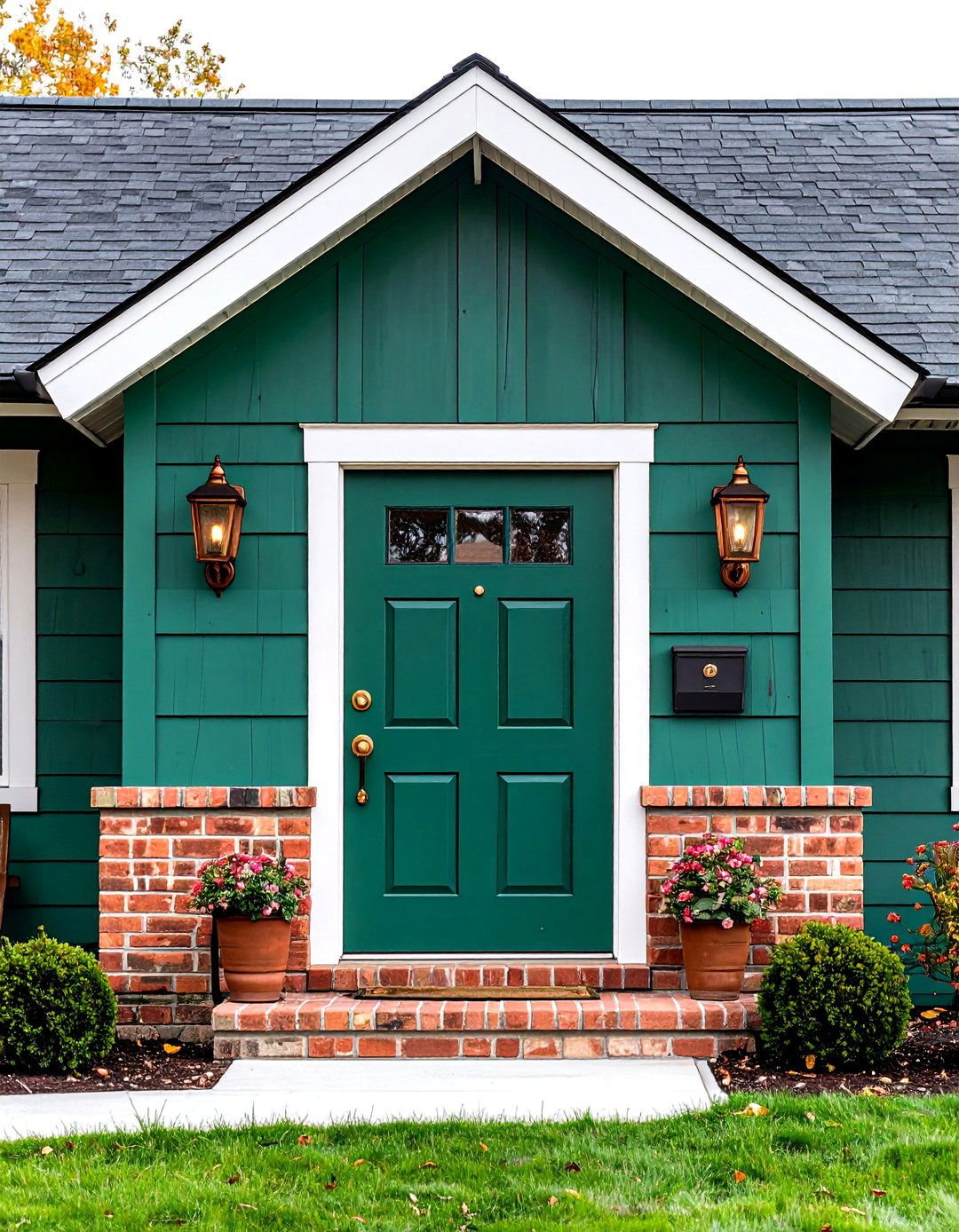
Finally, Rosemary’s herbal darkness gains life from warm copper sconces and a matching farmhouse-style mailbox. Use a buff-tan mortar on any brick or stone elements so the green doesn’t turn muddy. Finish the look with deep-green planters hosting silver-leafed foliage for tonal but textured planting.
Conclusion:
Deep greens, from black-tinted Hunter to olive-rich Royal Orchard, let exteriors slip gracefully into their surroundings while projecting confidence and style. The schemes above prove that thoughtful pairings—whether crisp white, burnished metal, or time-worn wood—unlock each hue’s personality and keep curb appeal thriving long after the paint dries. Choose the shade that echoes your landscape and architecture, repeat its undertones in trim and accents, and your home will feel rooted, refreshed, and ready for the decades ahead.


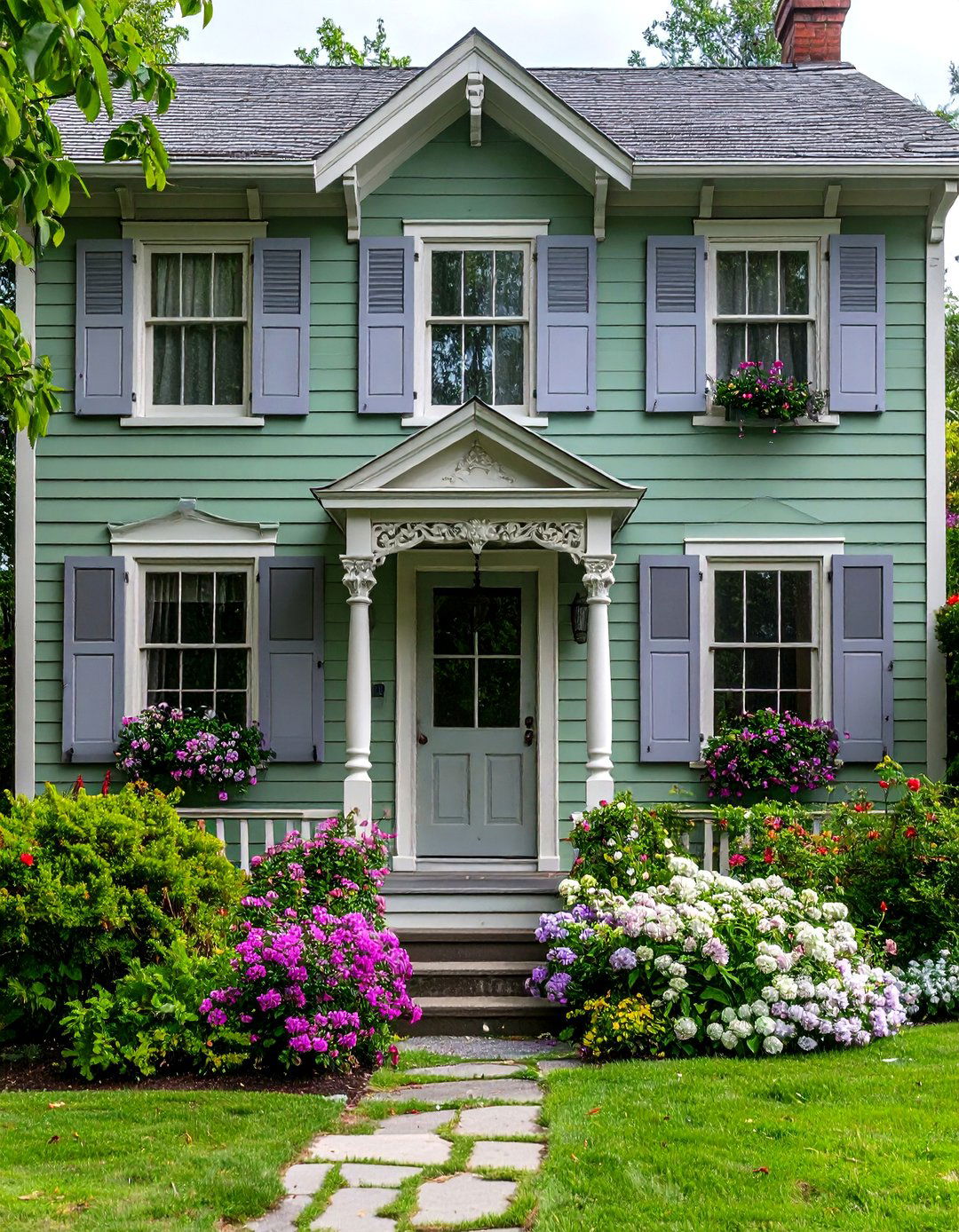
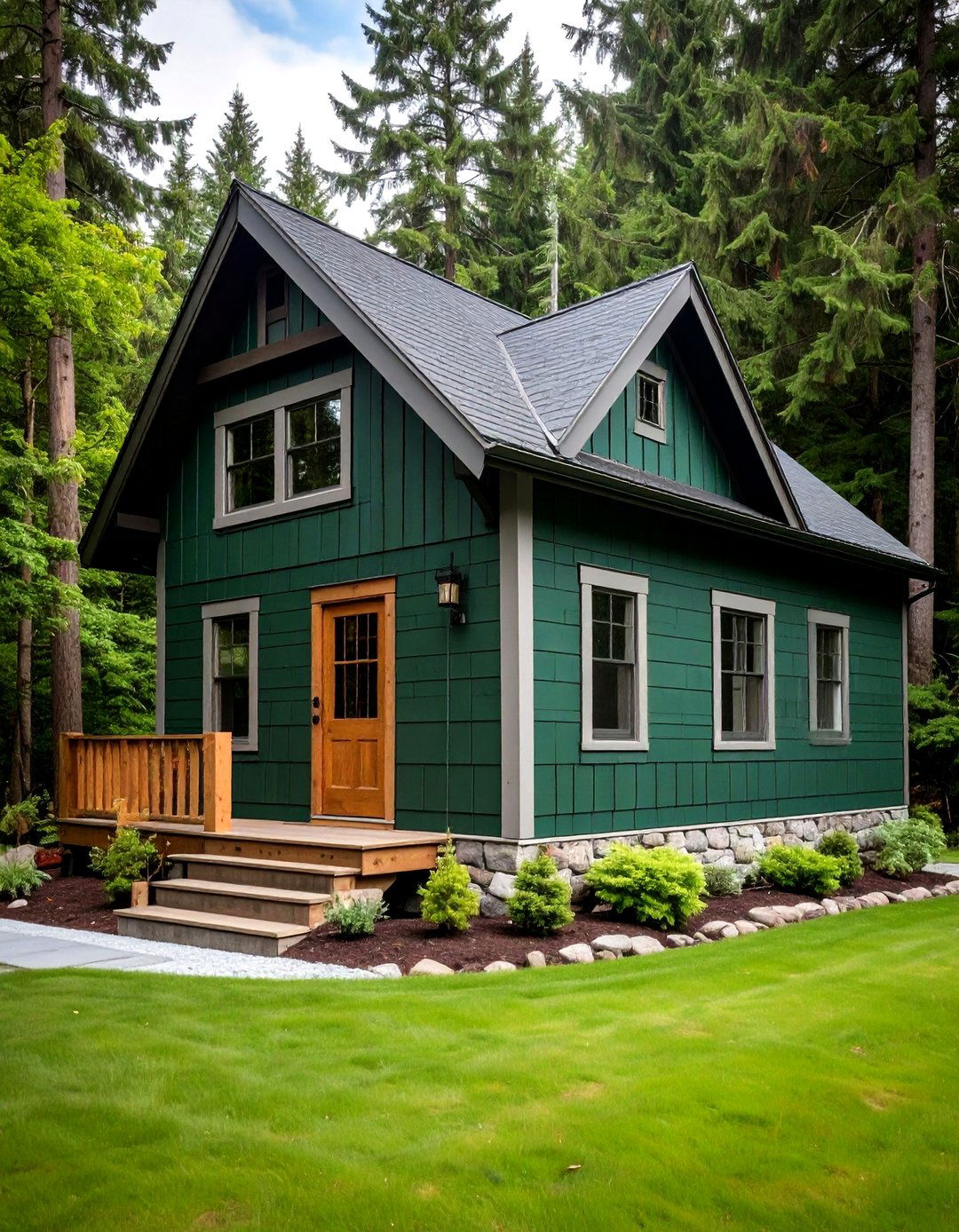
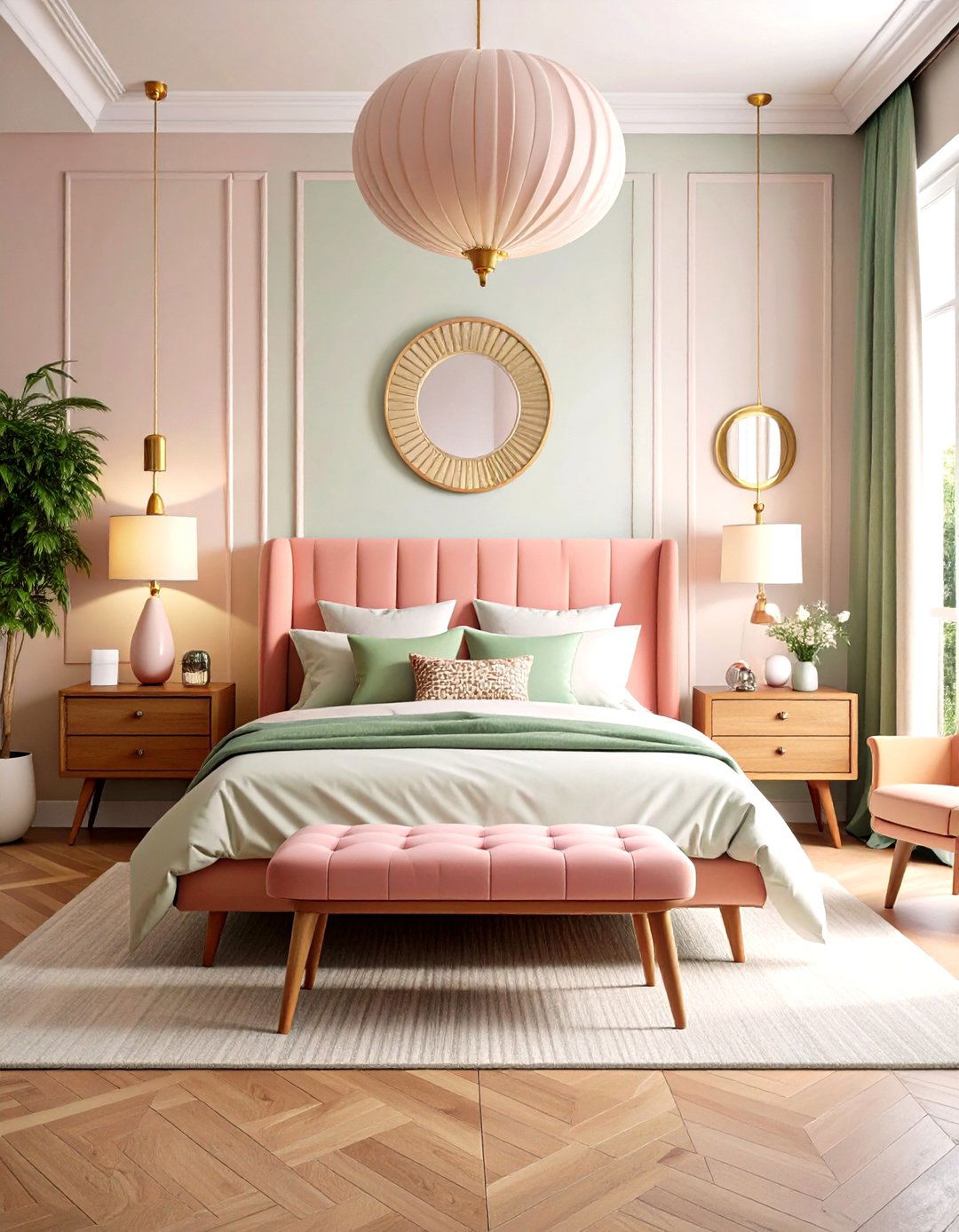
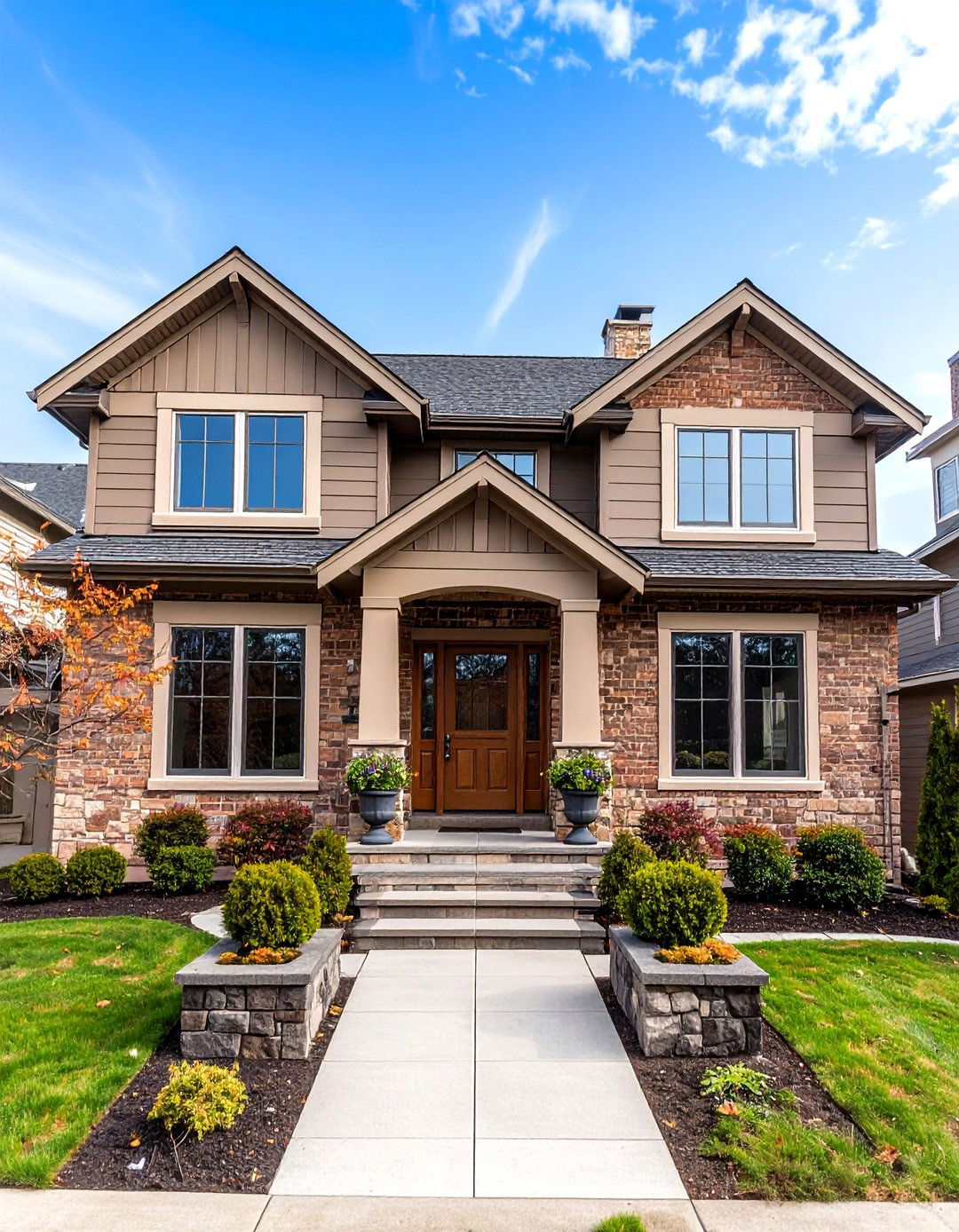
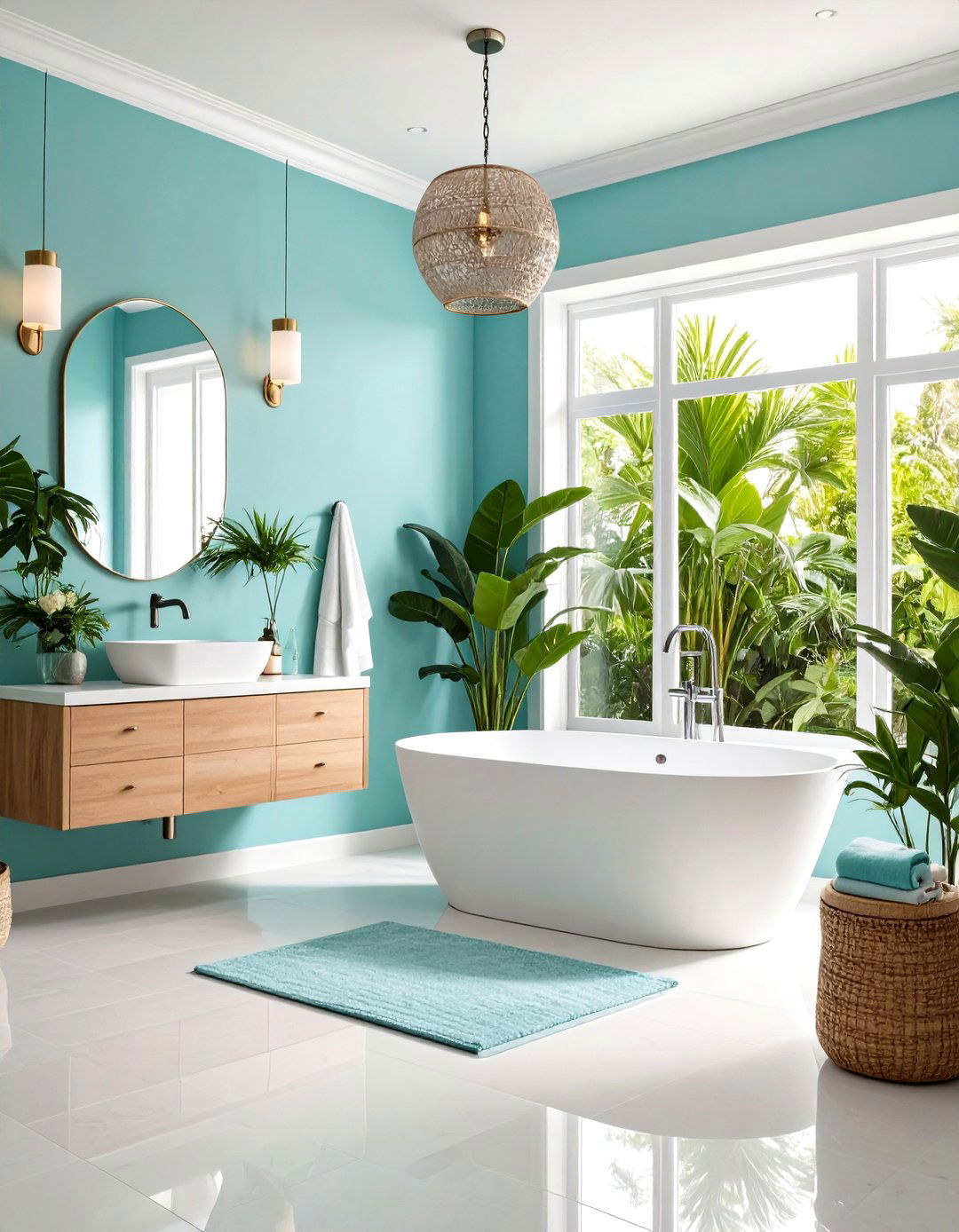
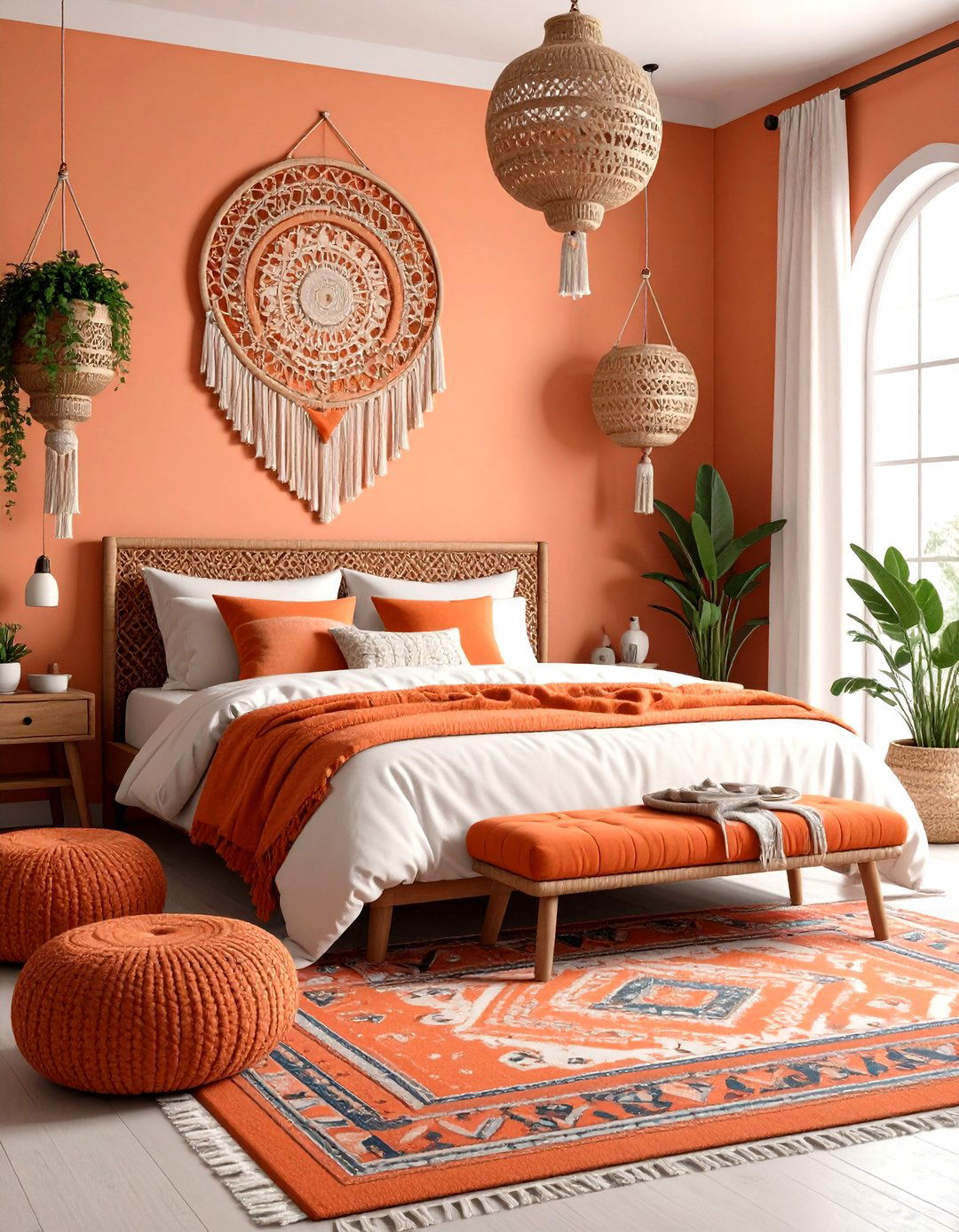
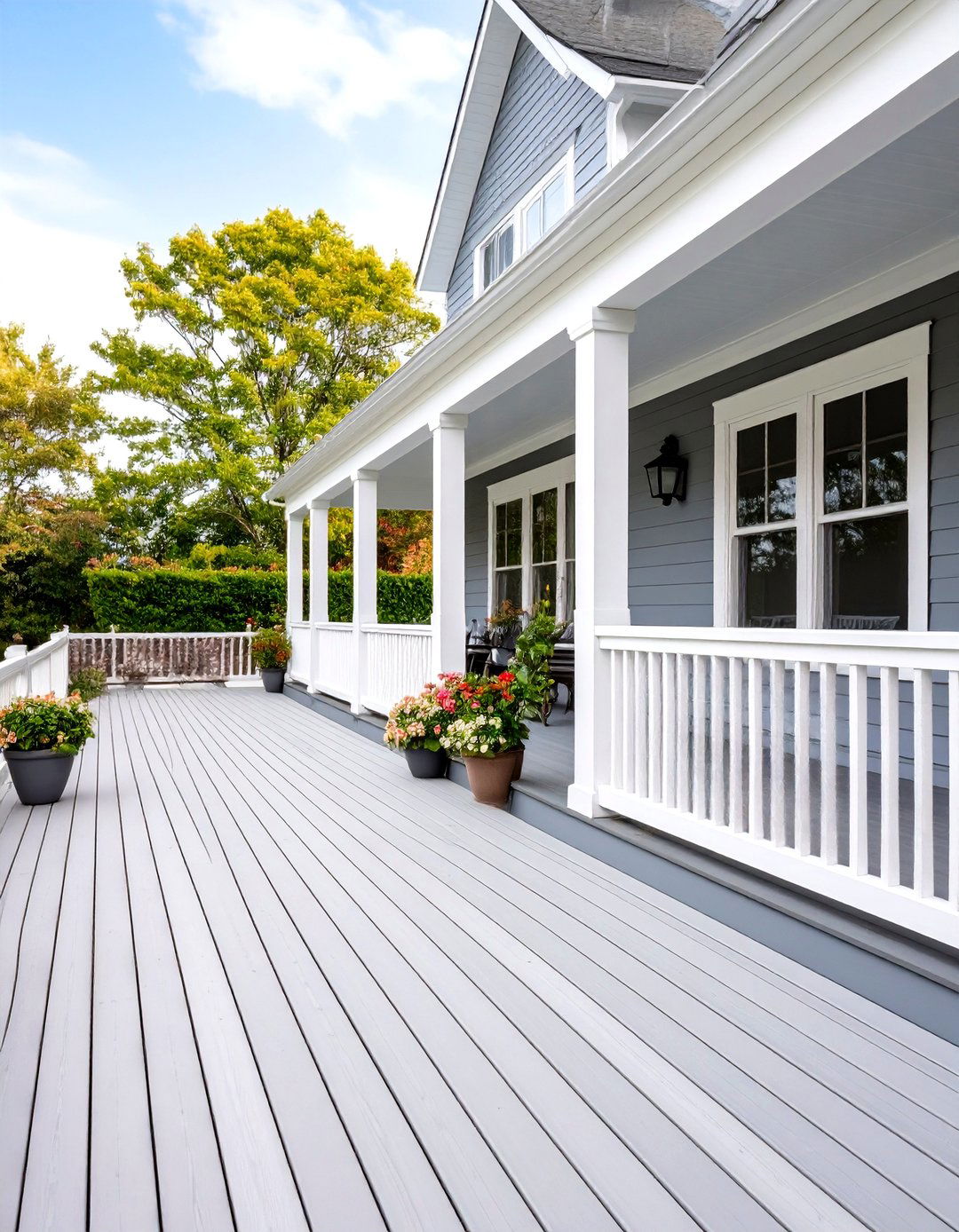
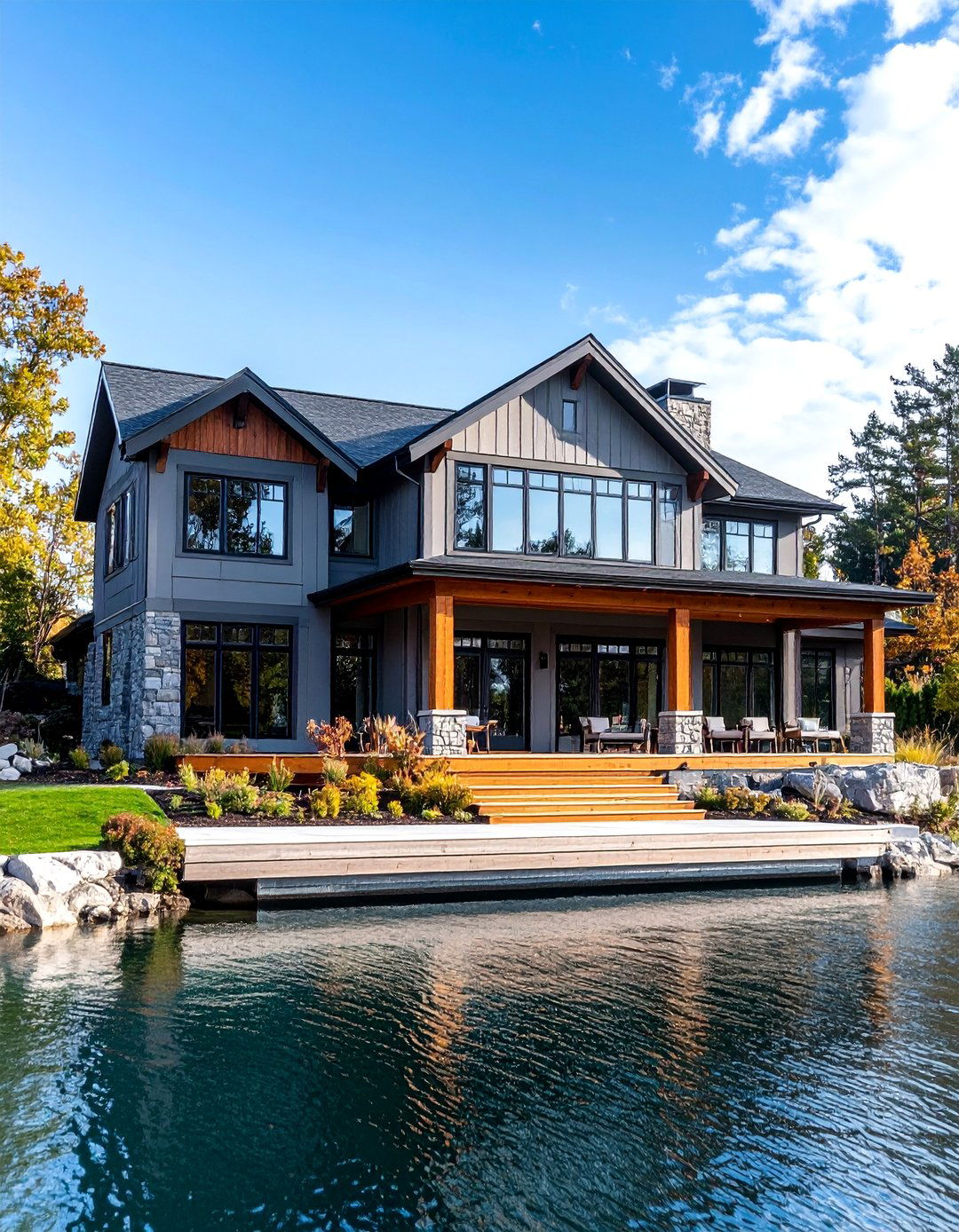
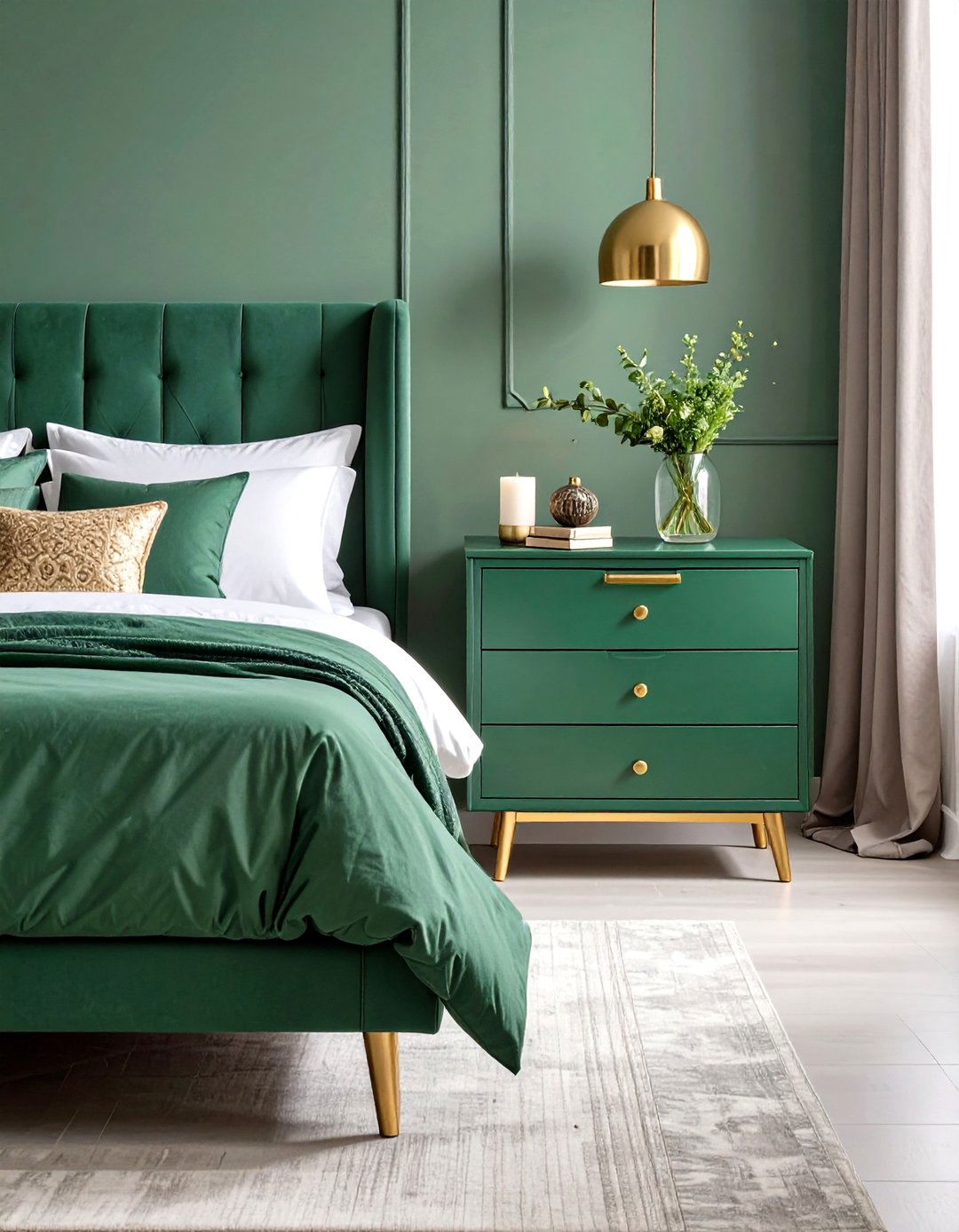
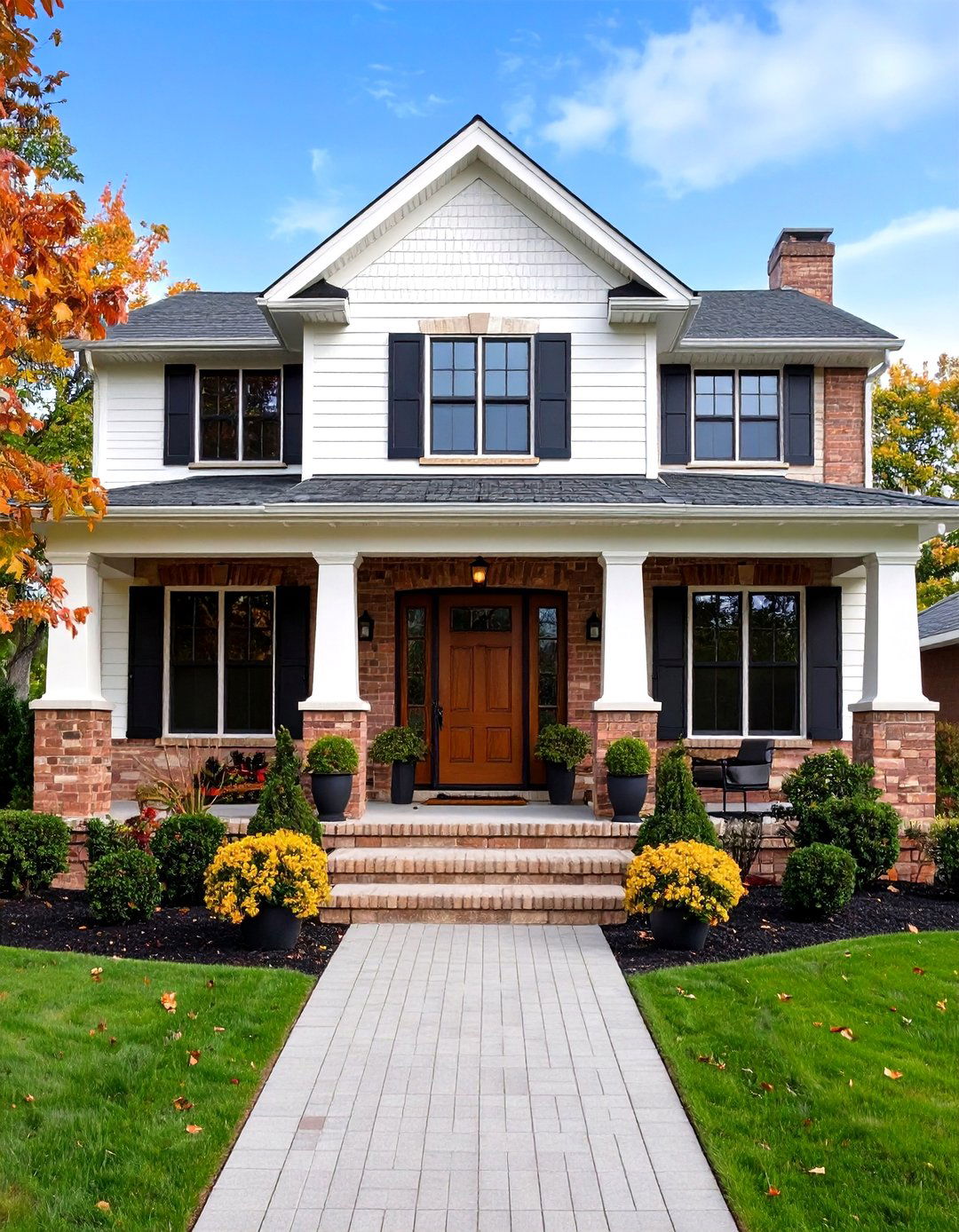
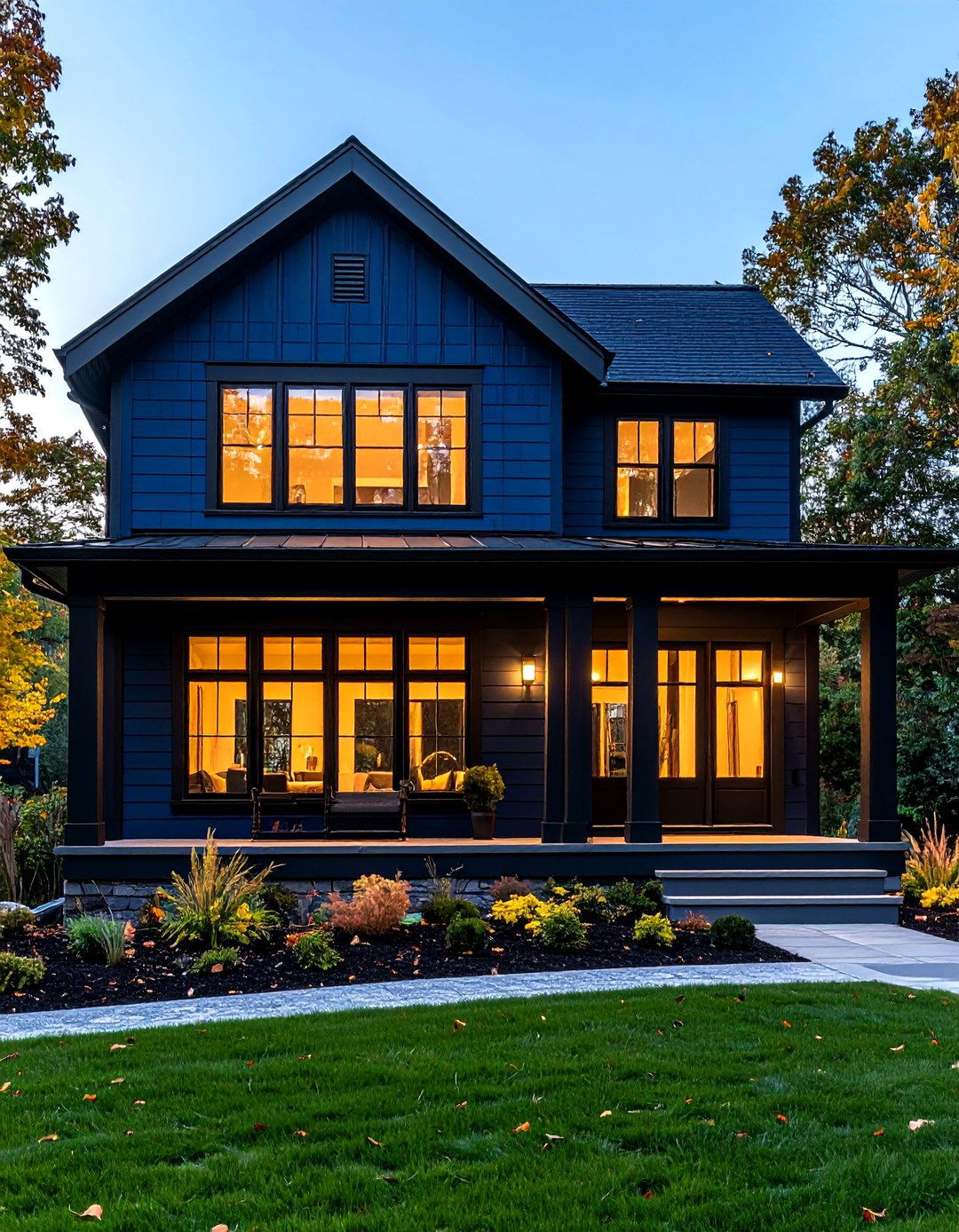
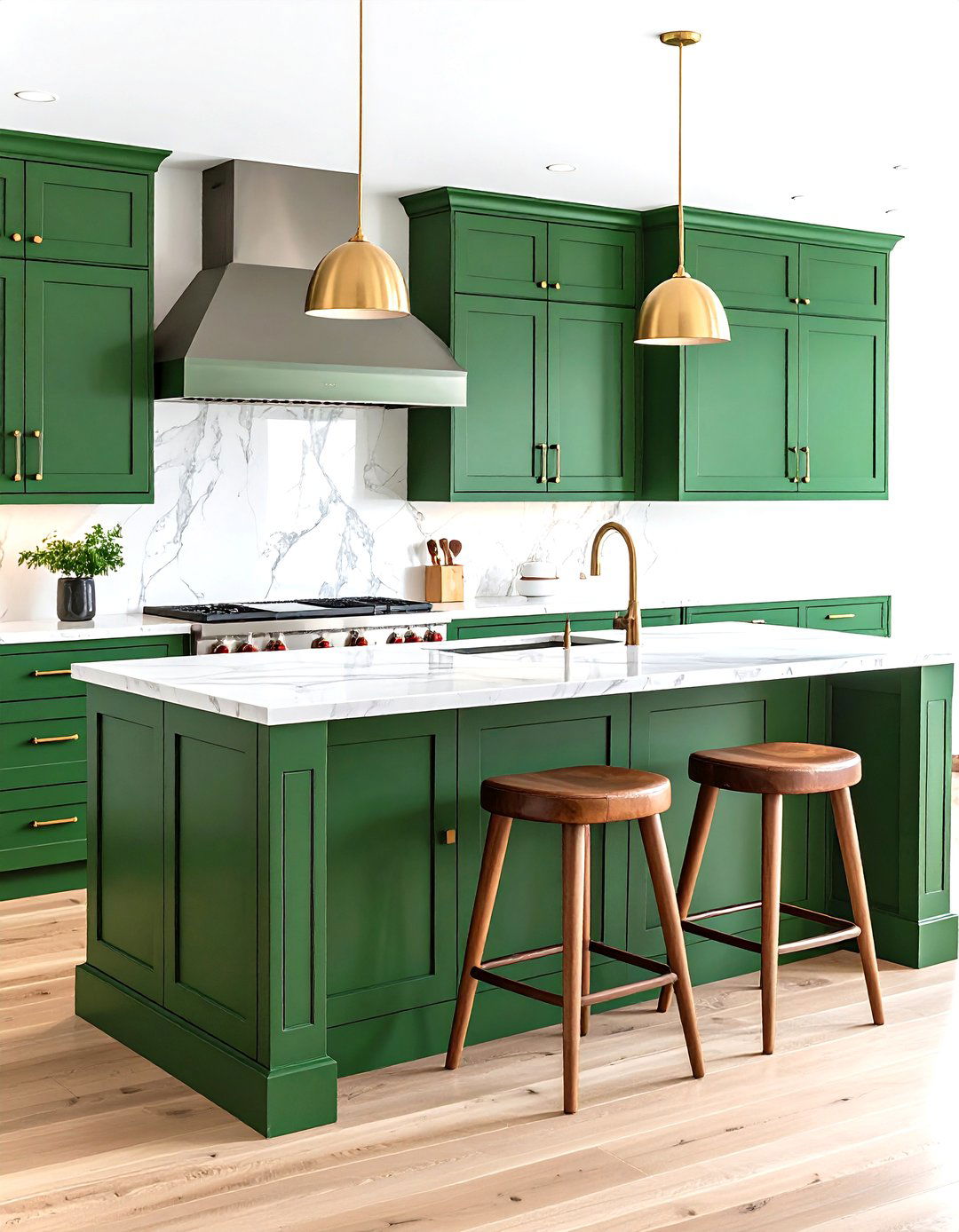
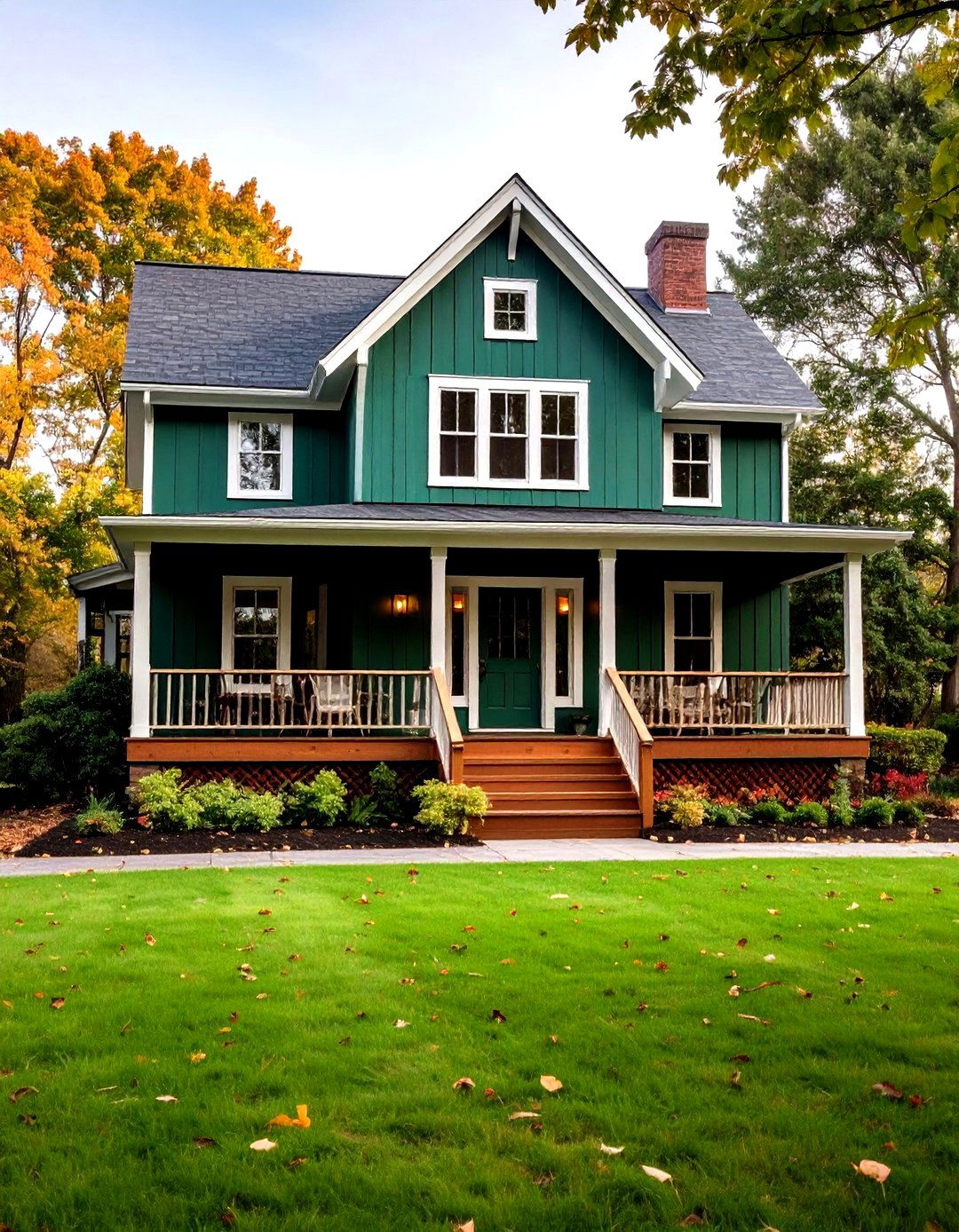
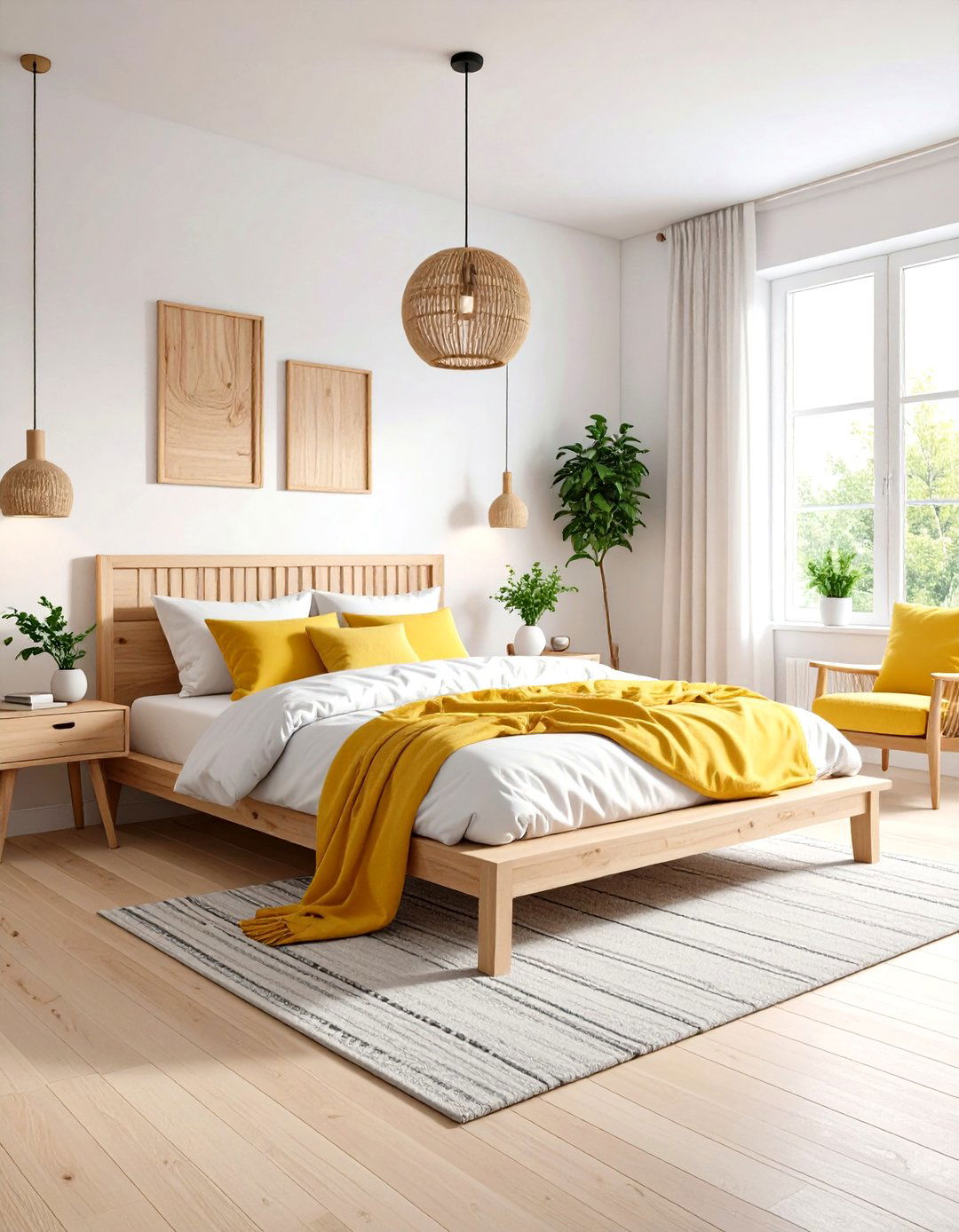
Leave a Reply